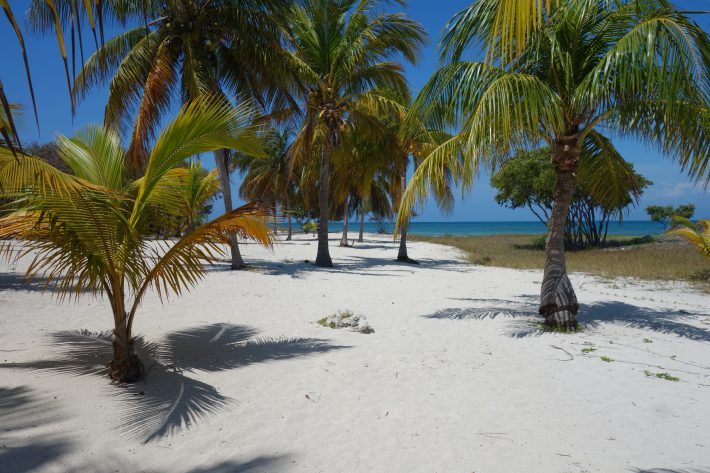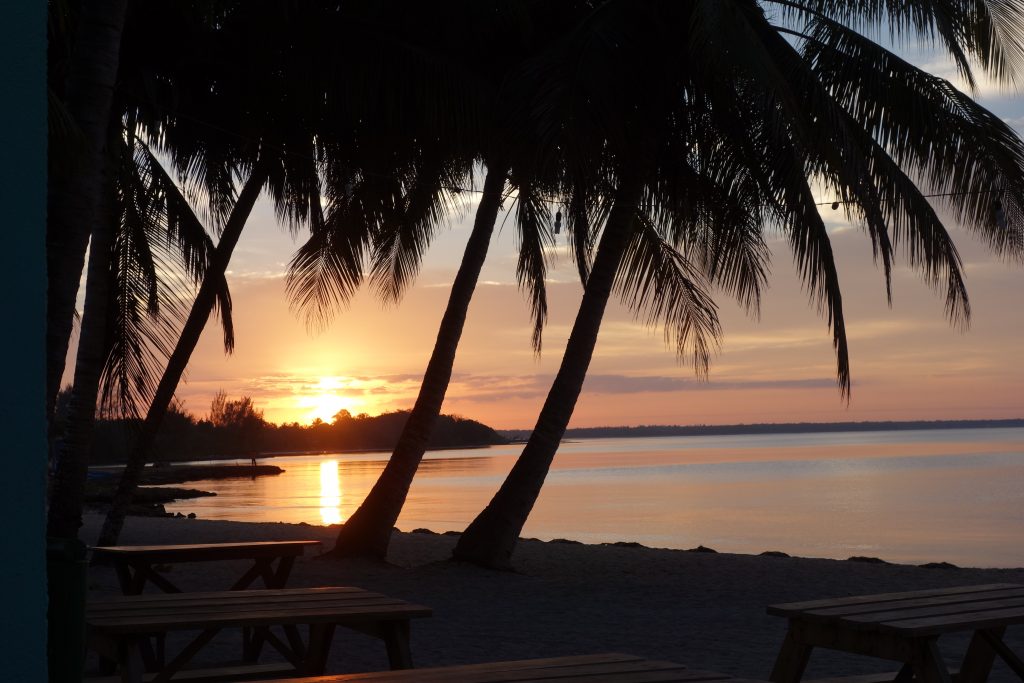
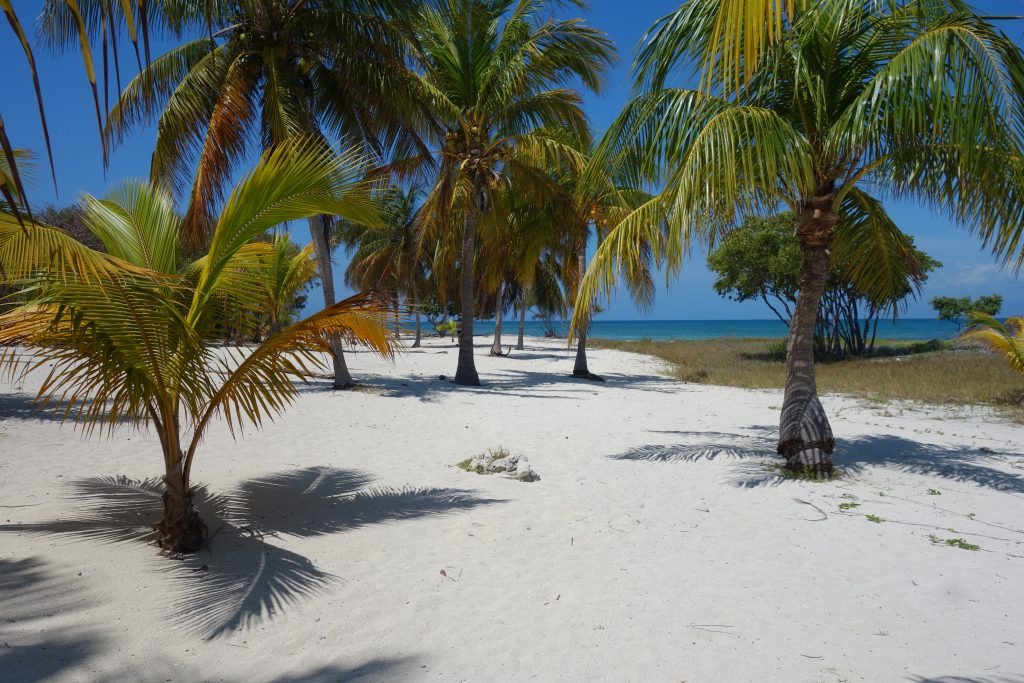
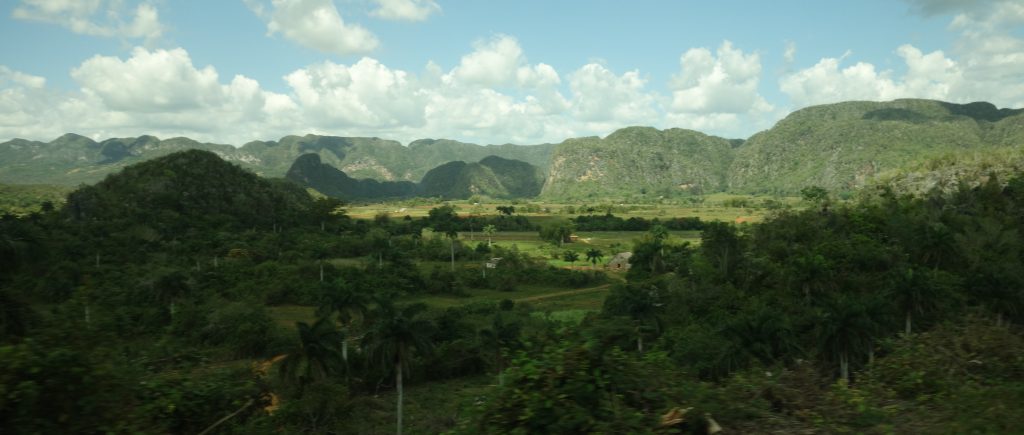
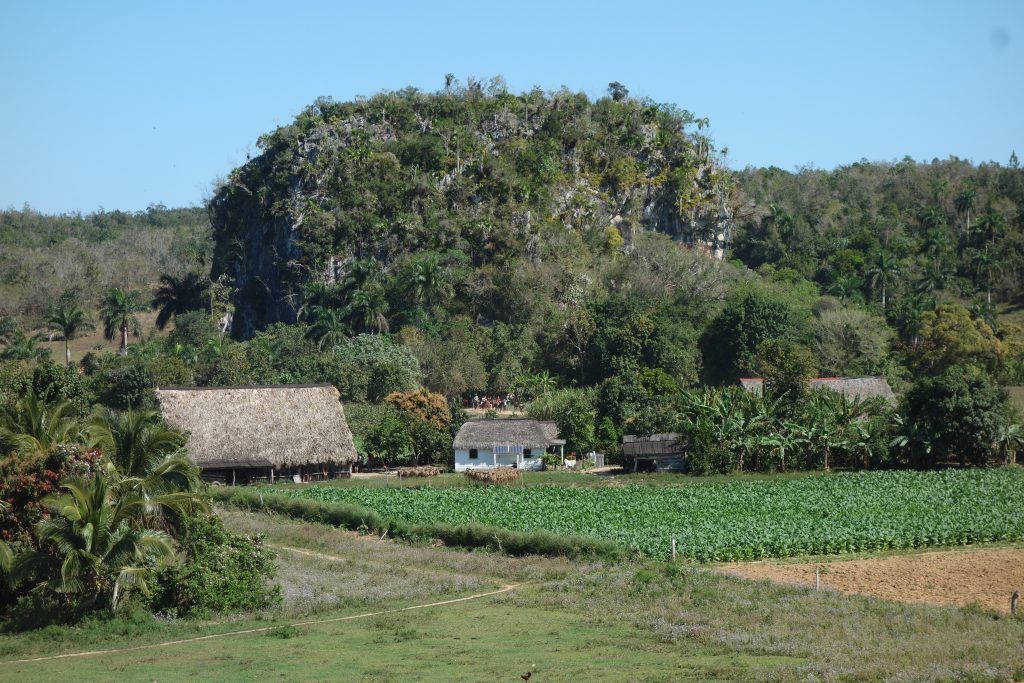
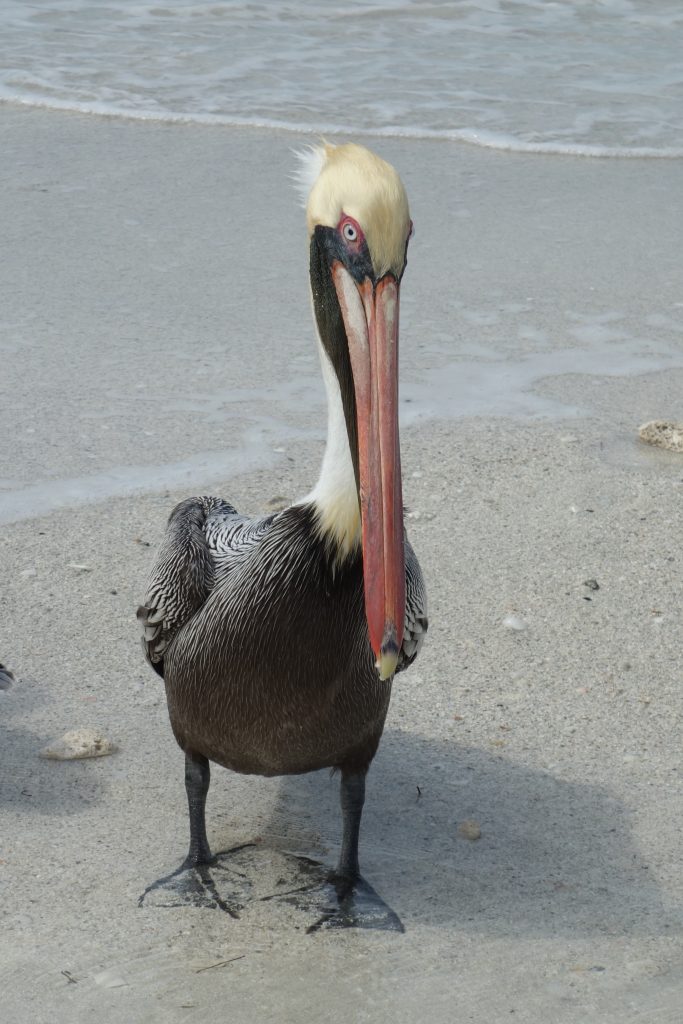
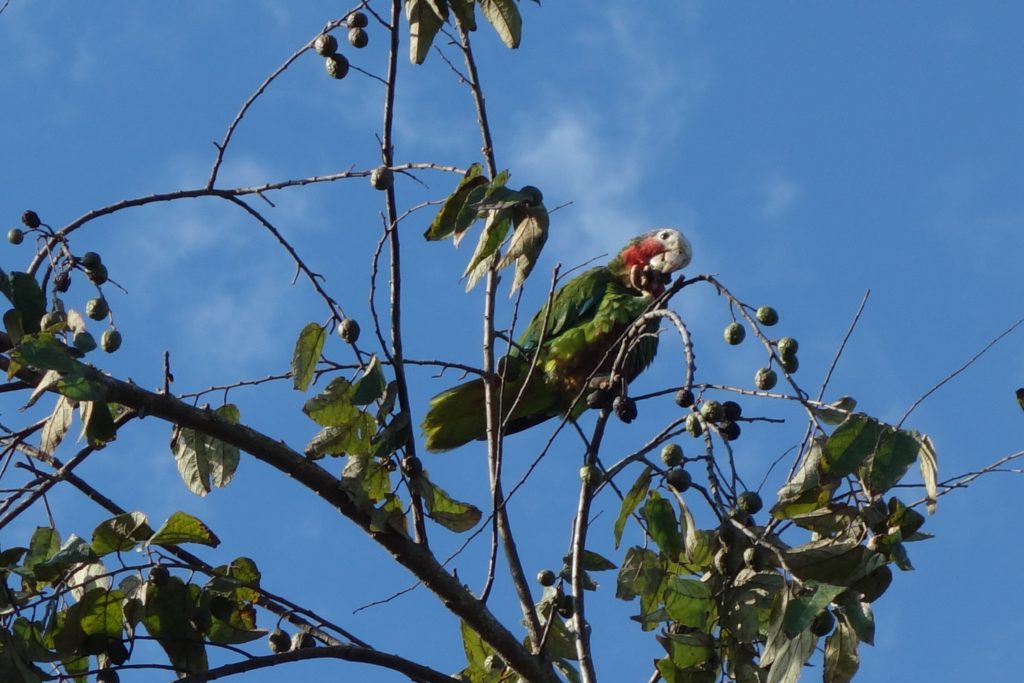
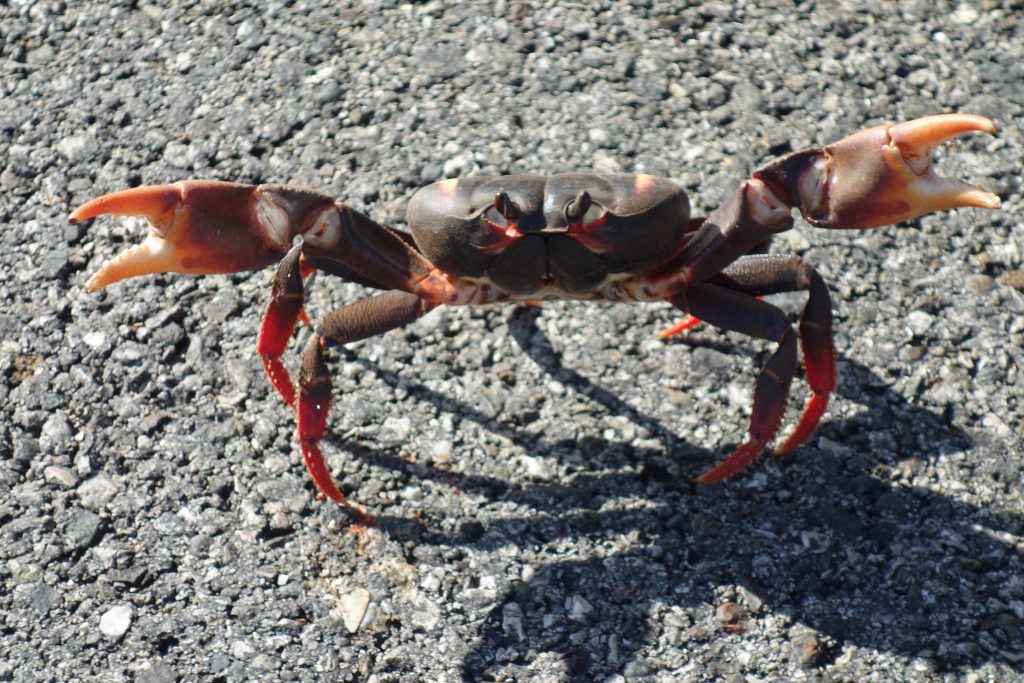
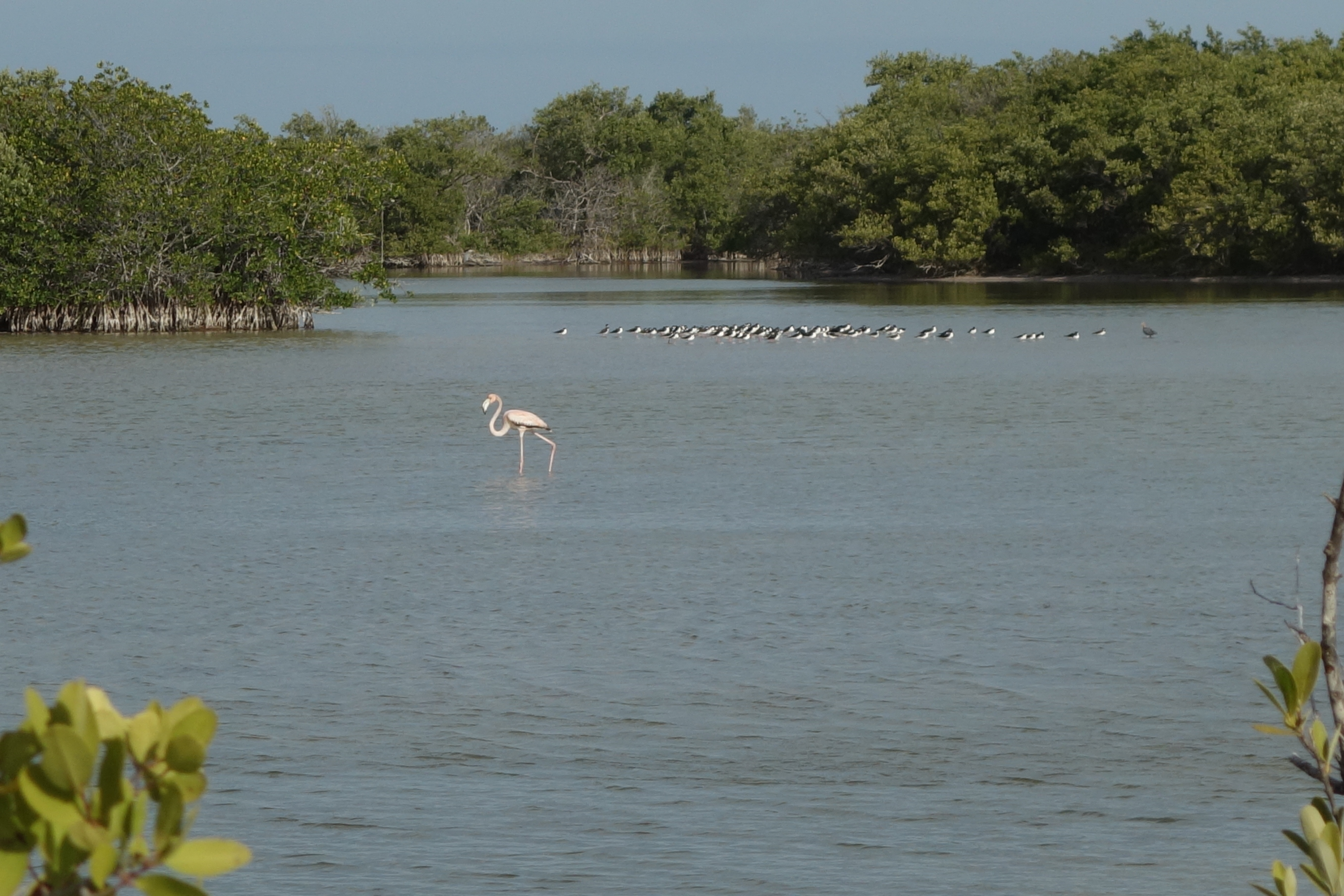
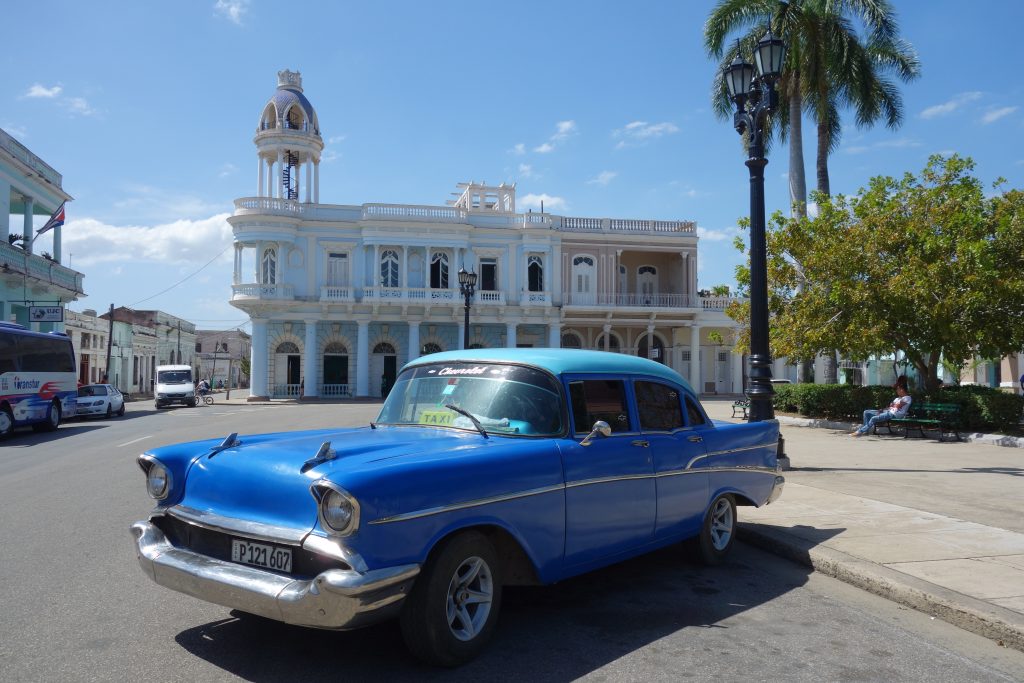
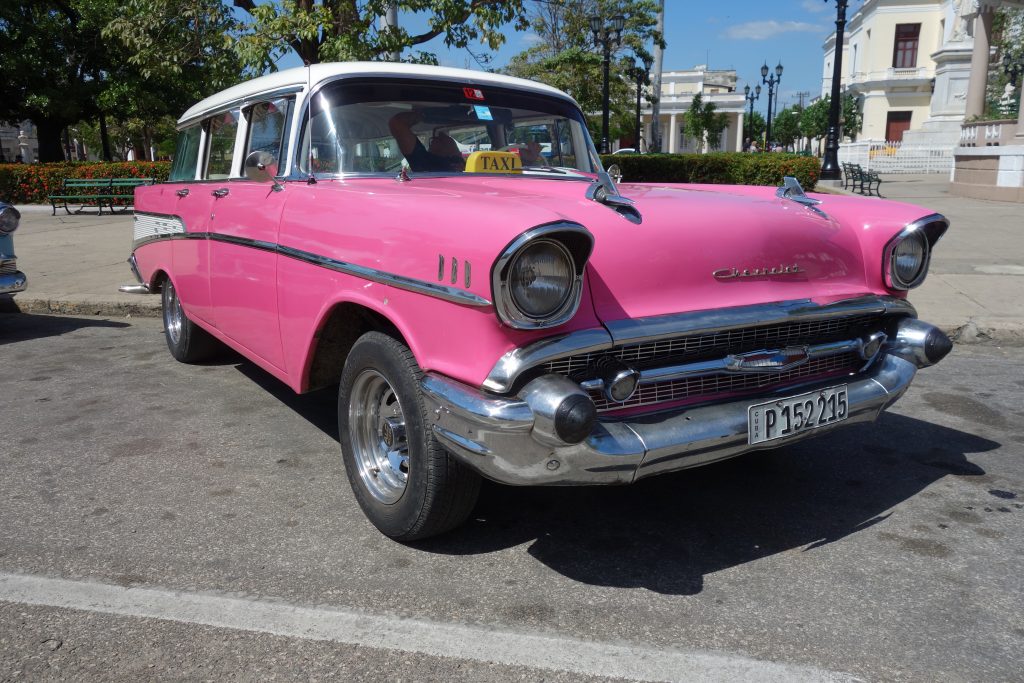
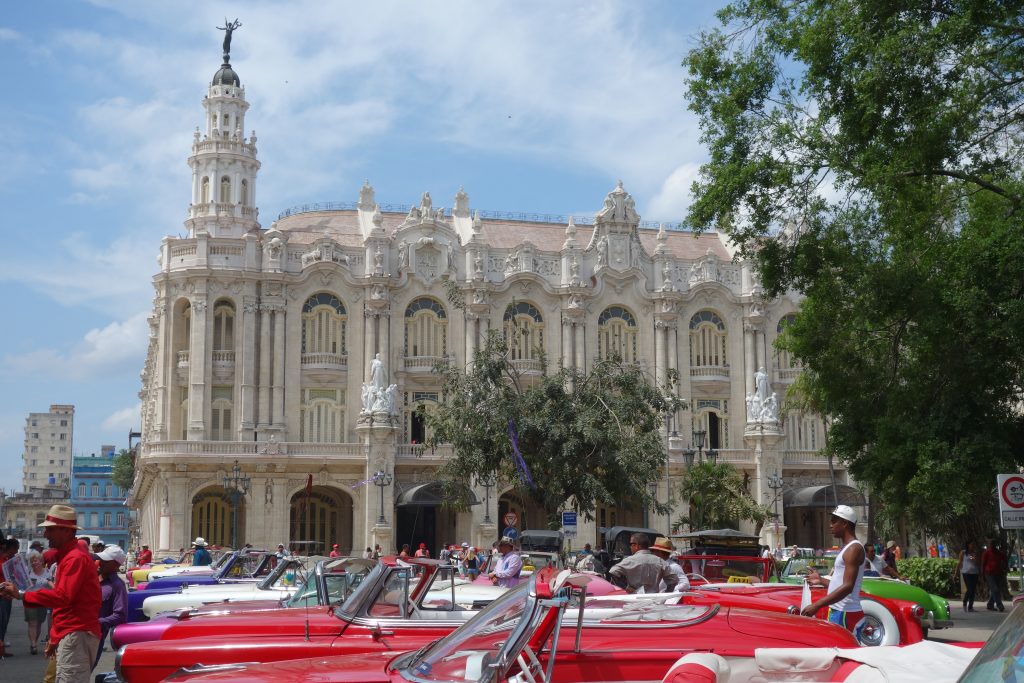
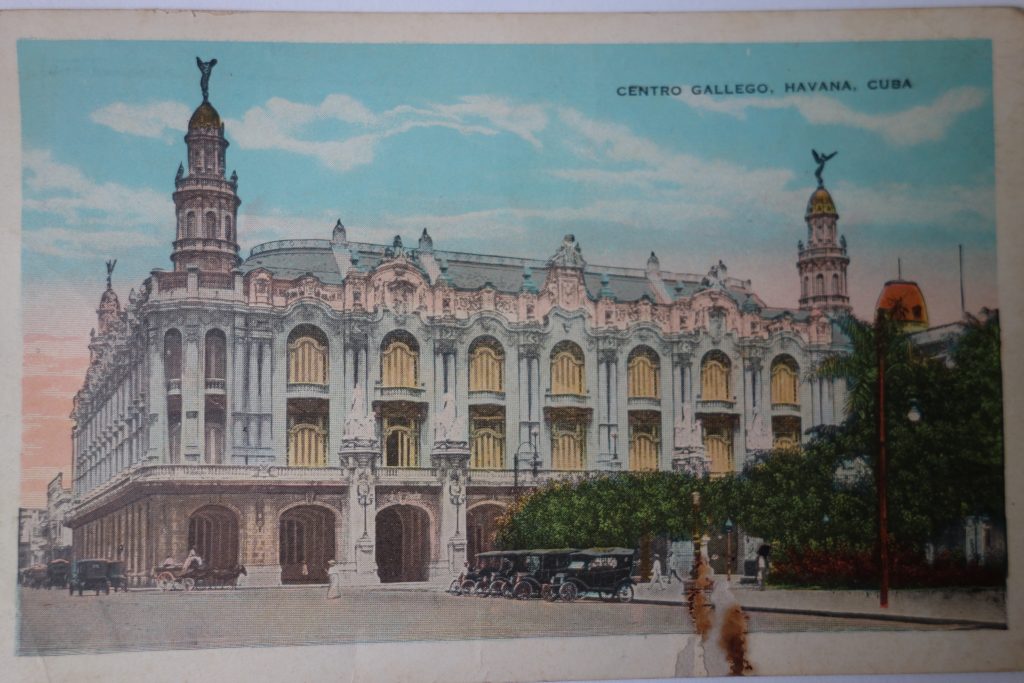
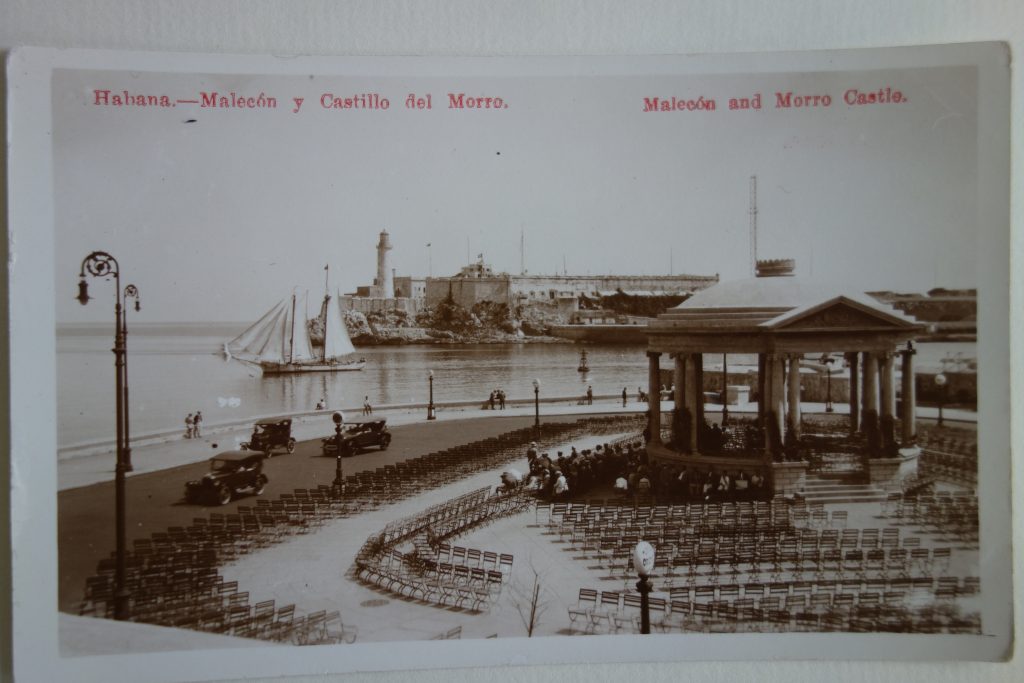
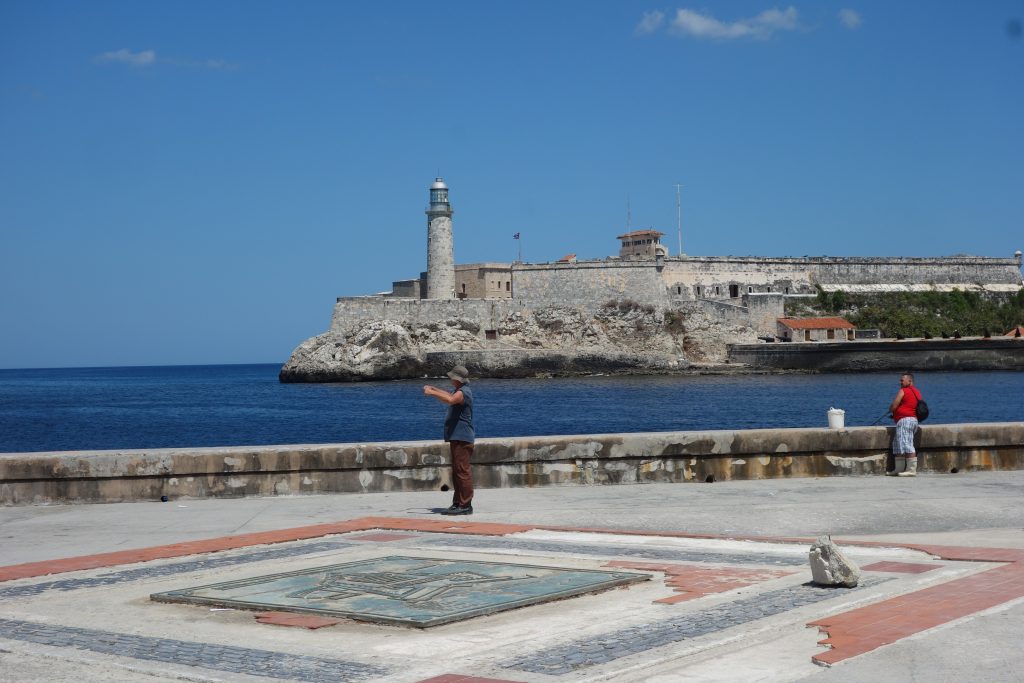
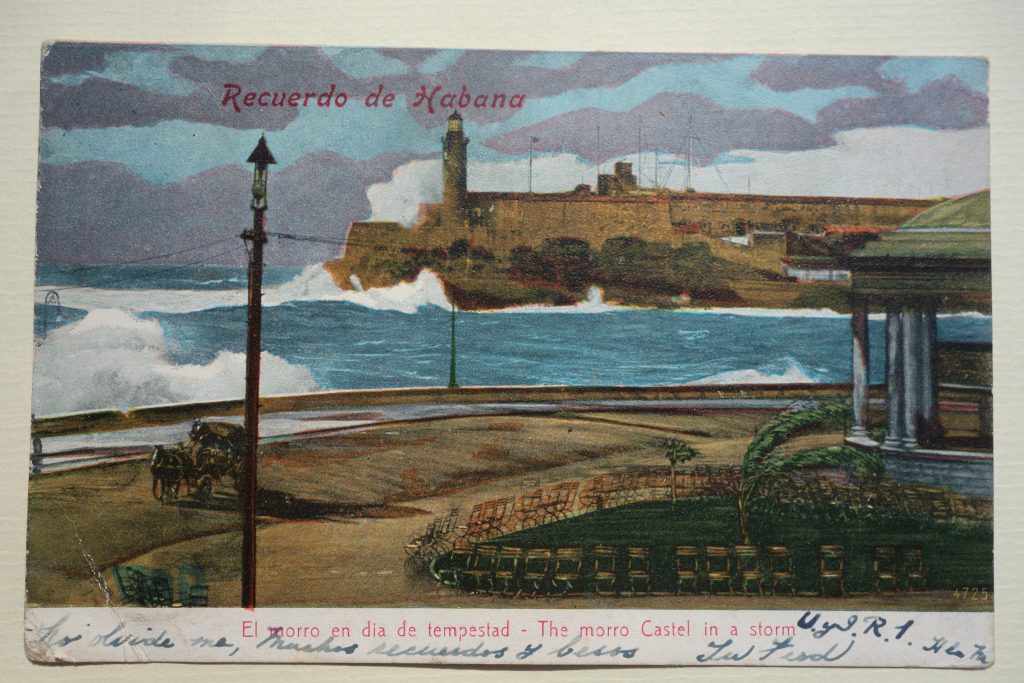
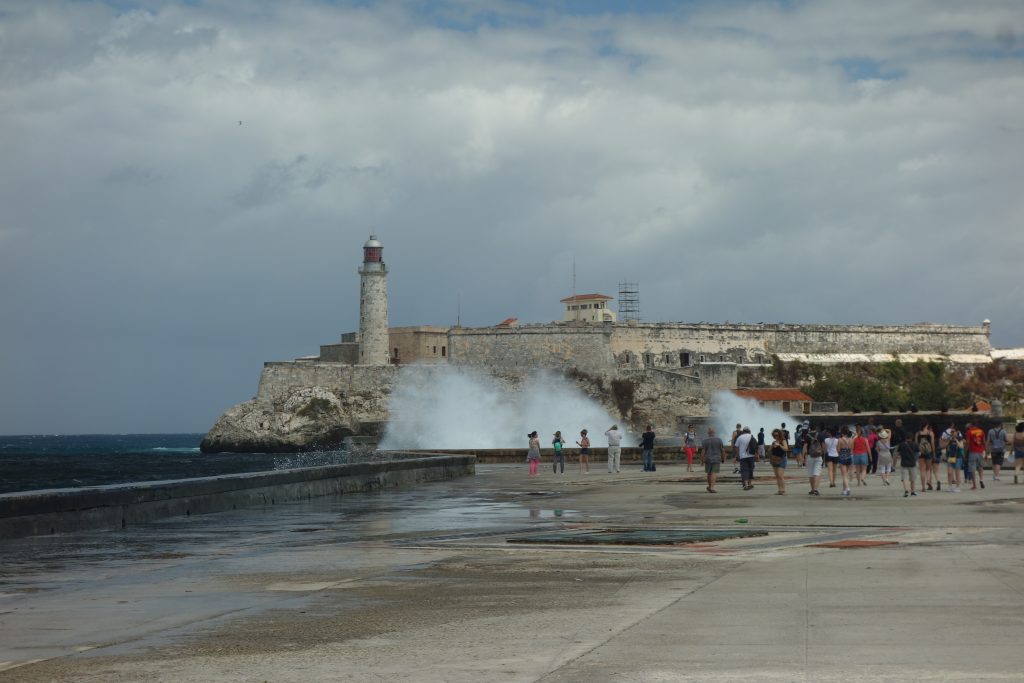
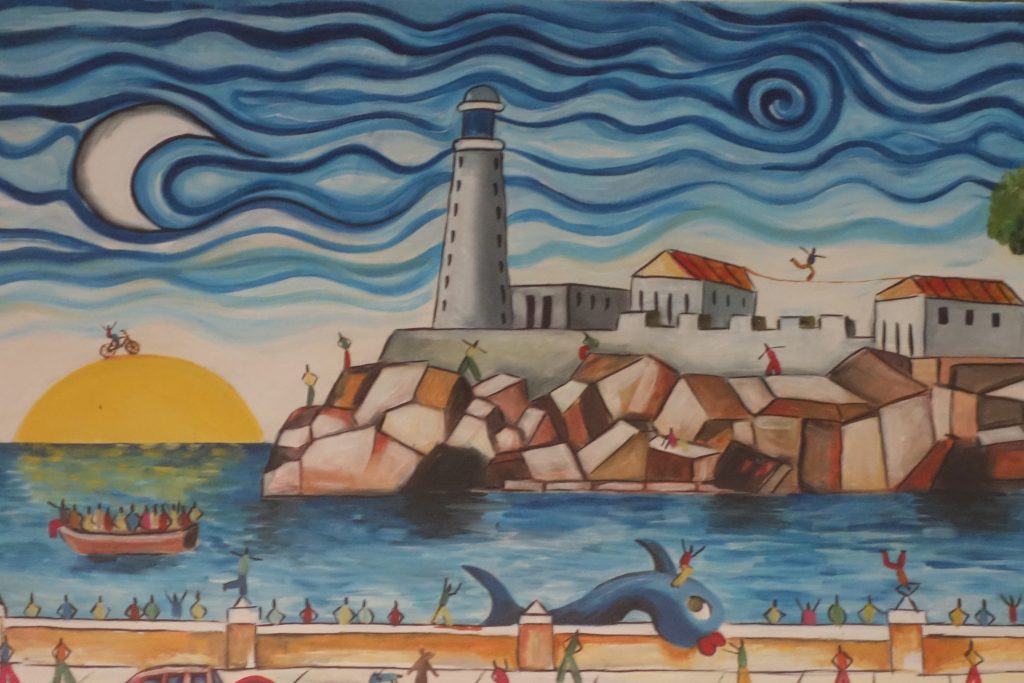
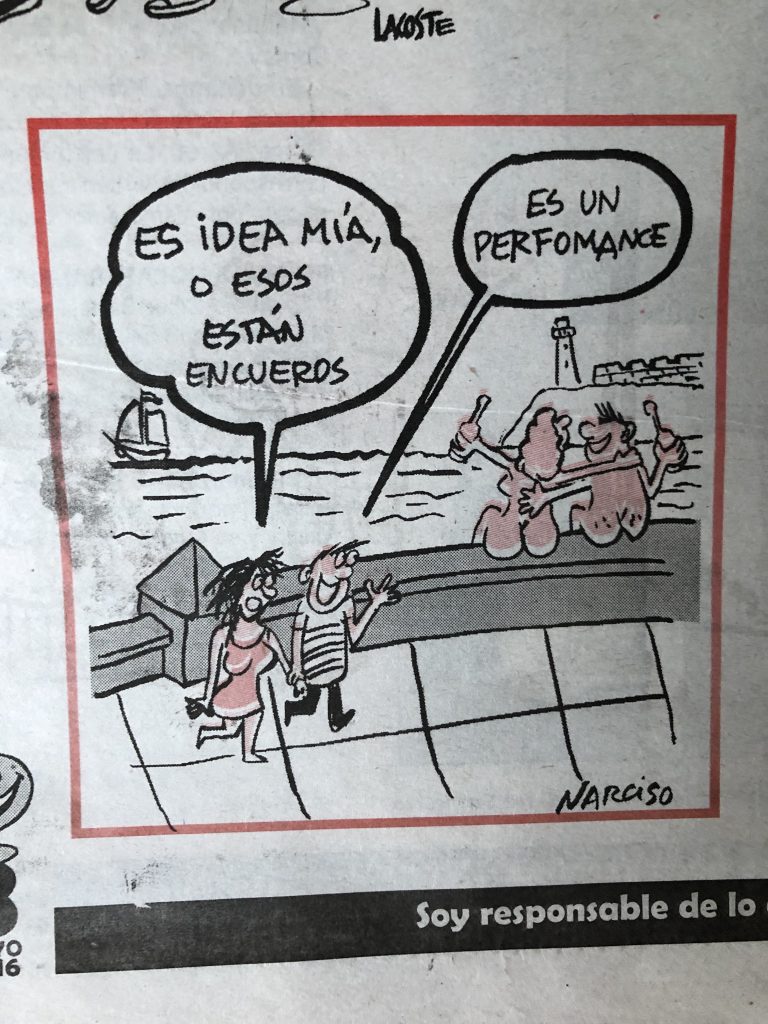
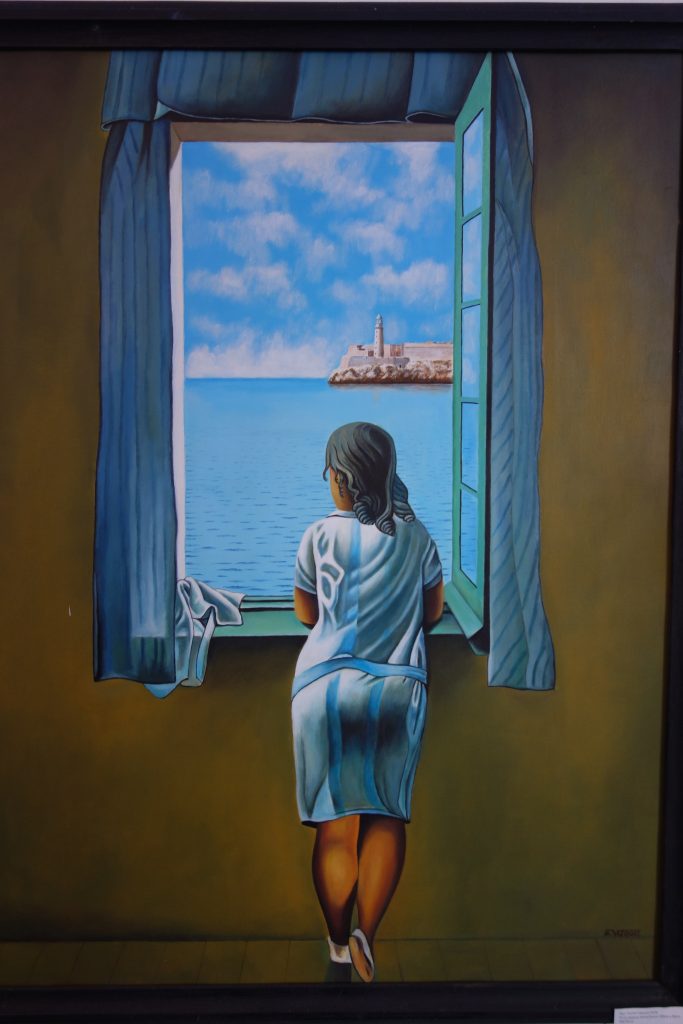
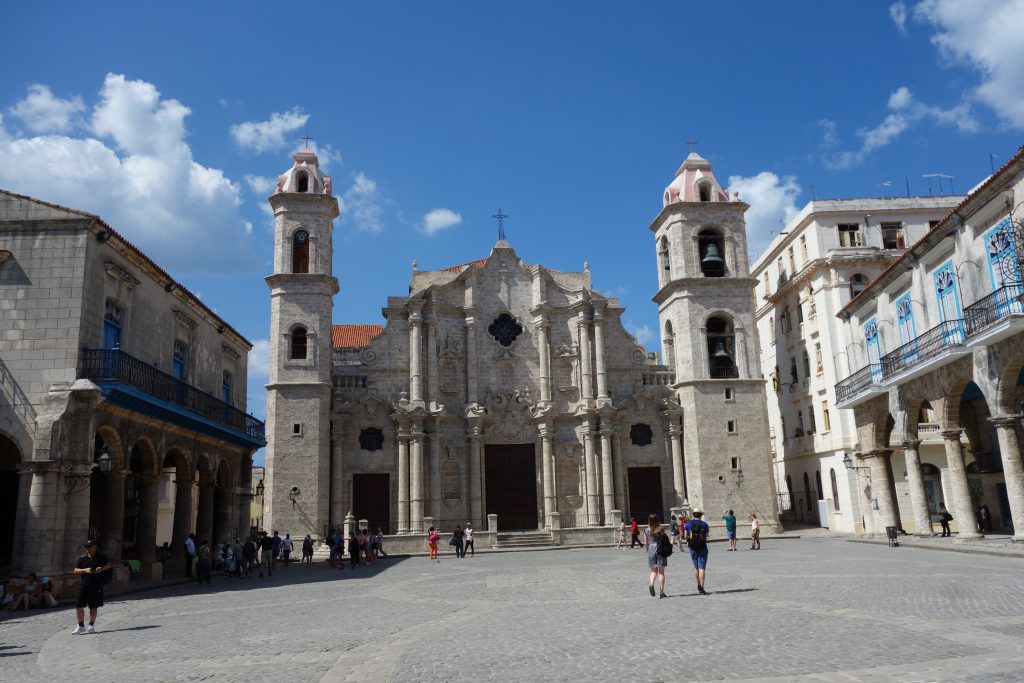

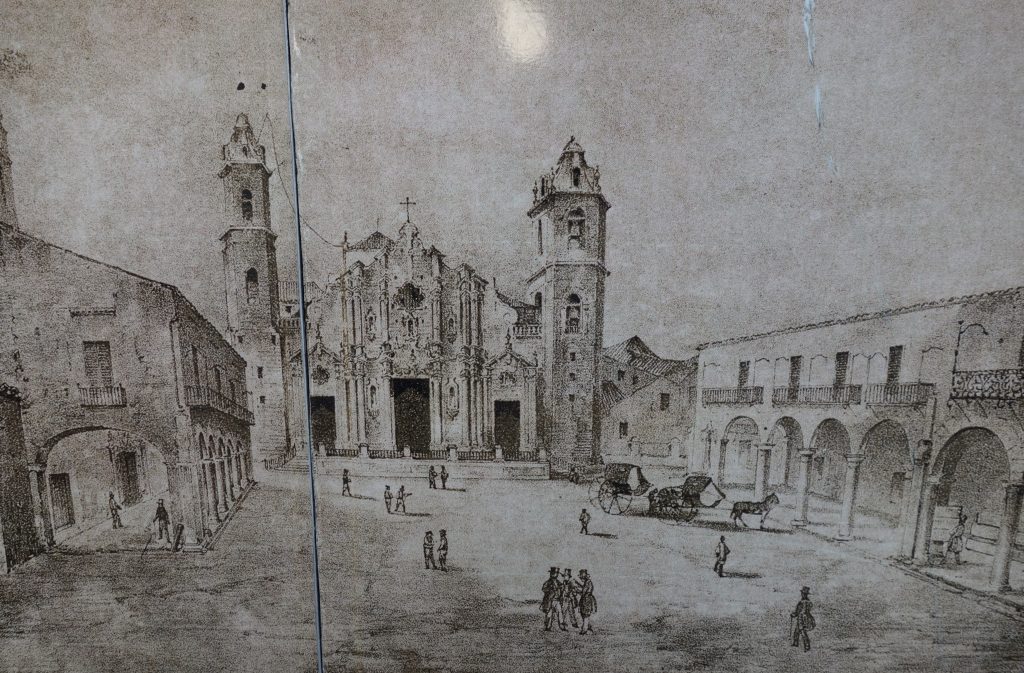
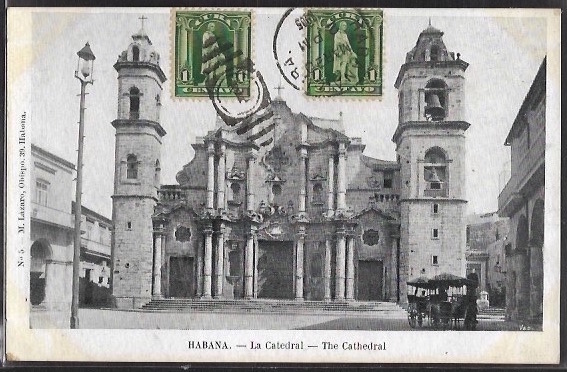
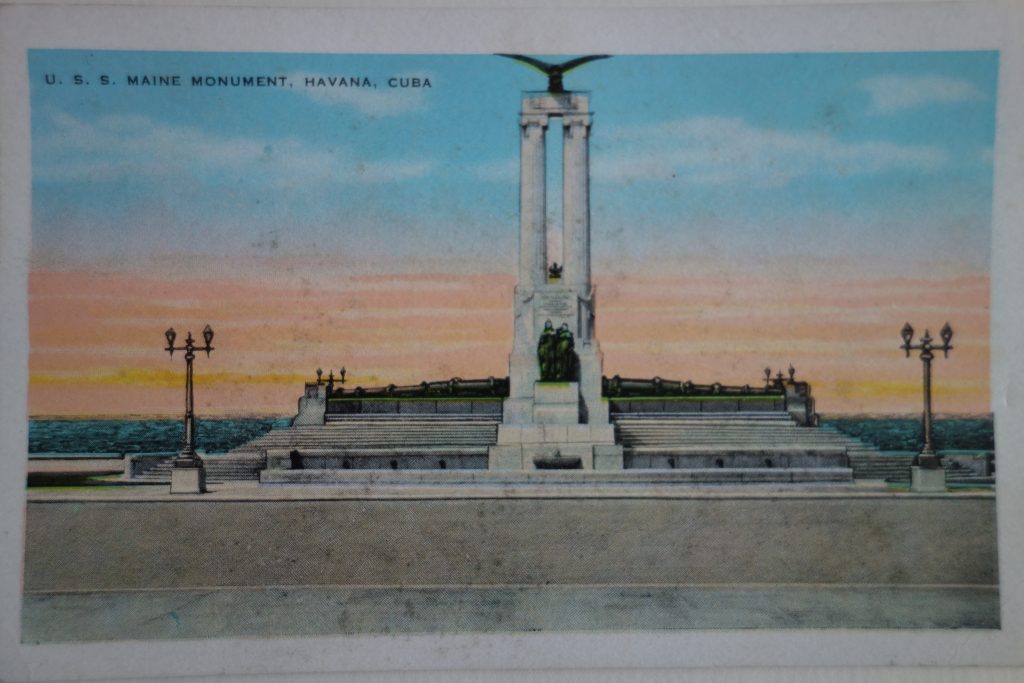
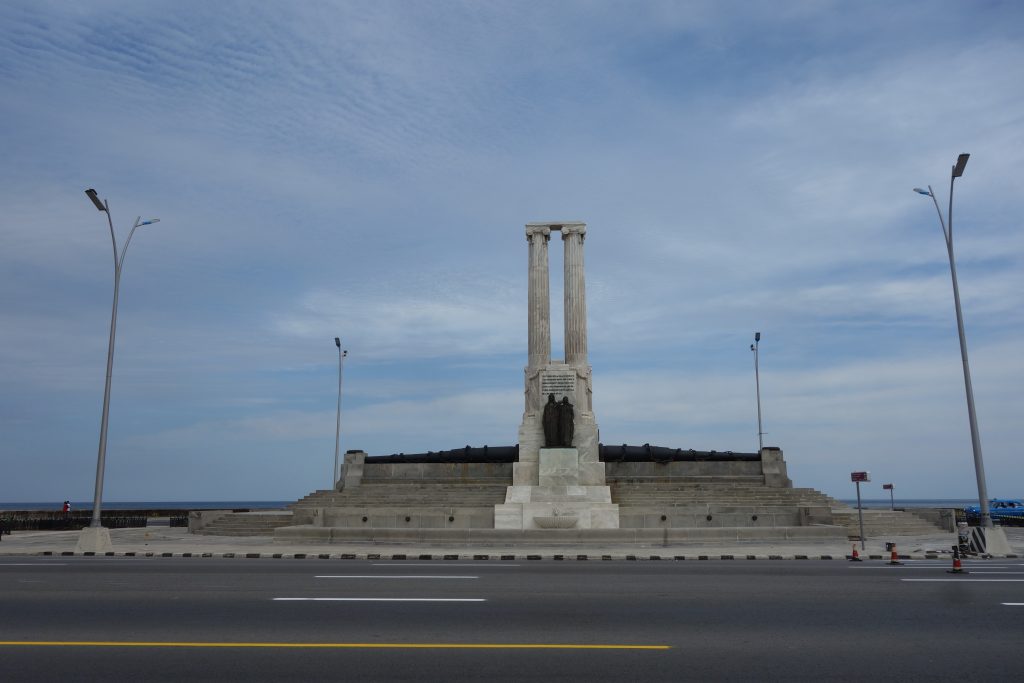
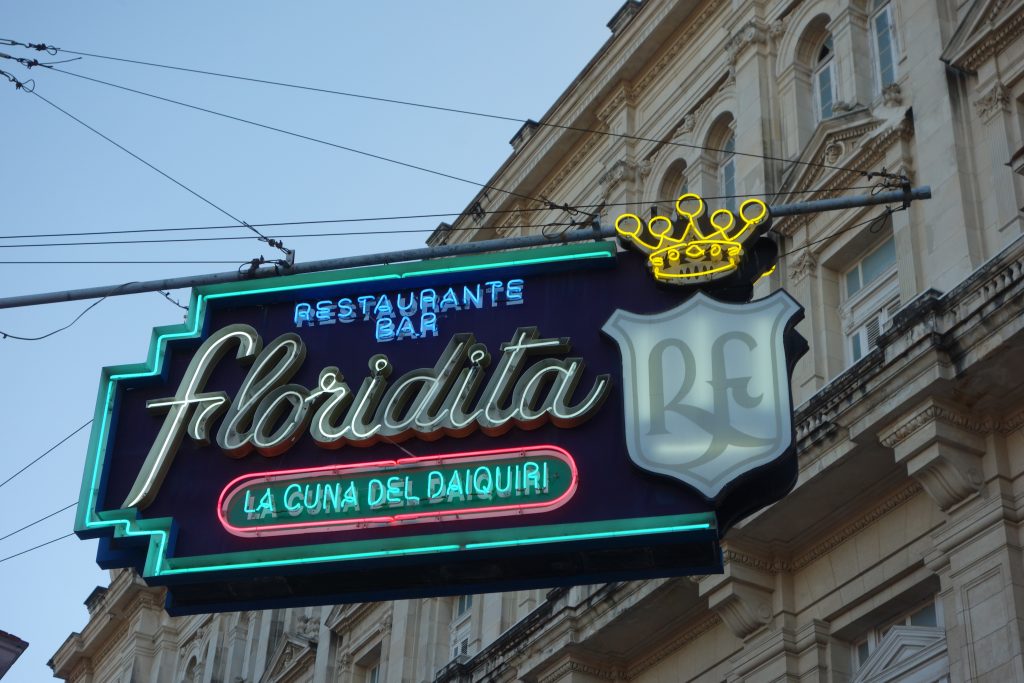
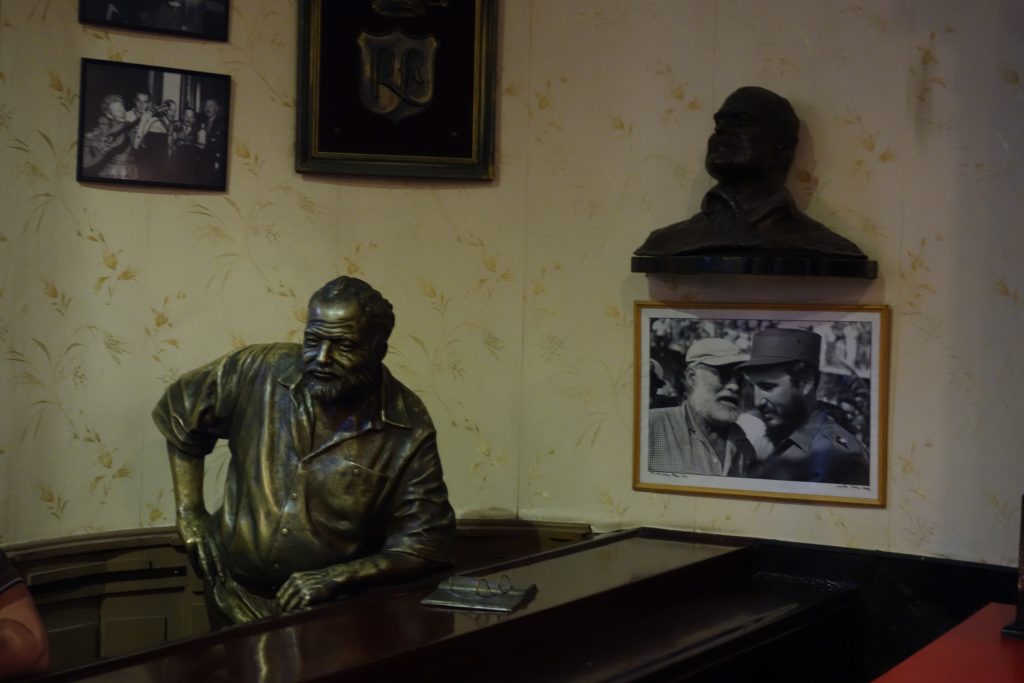
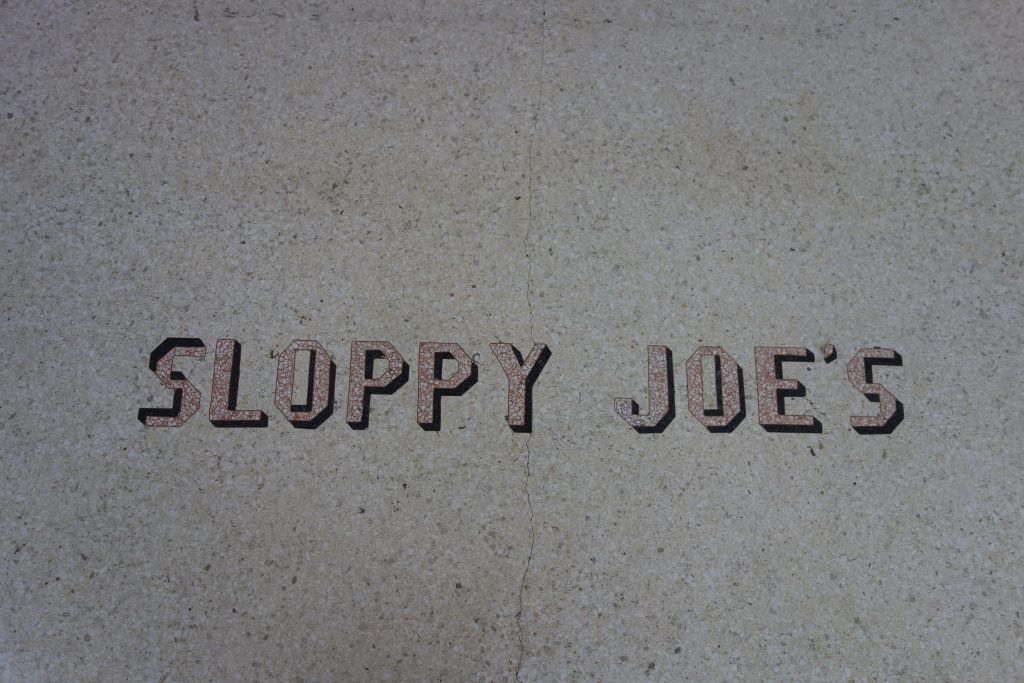
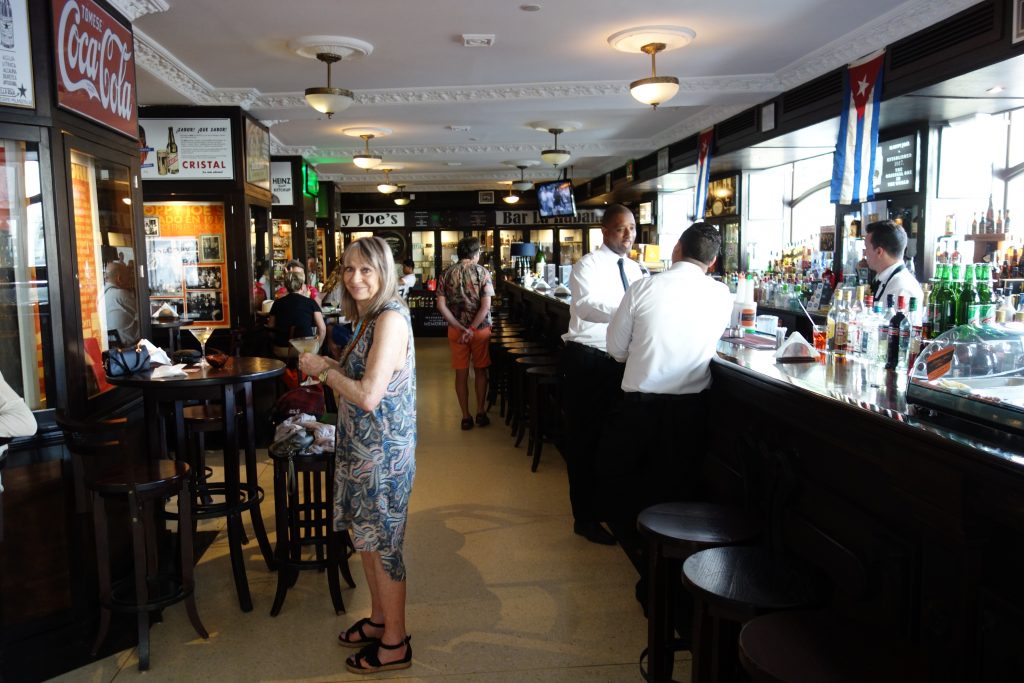
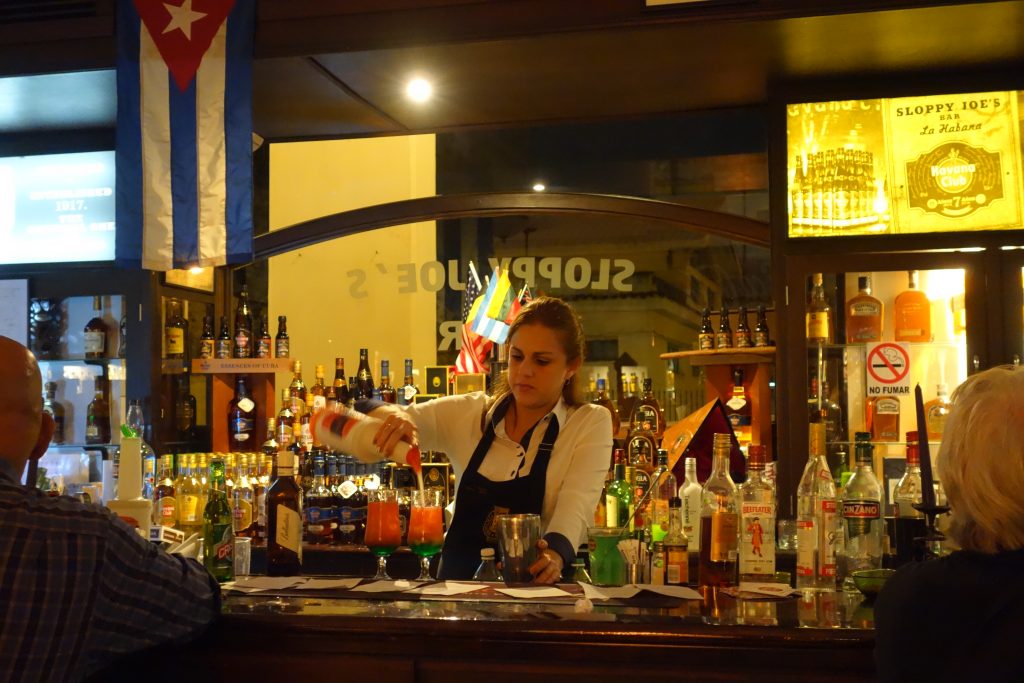
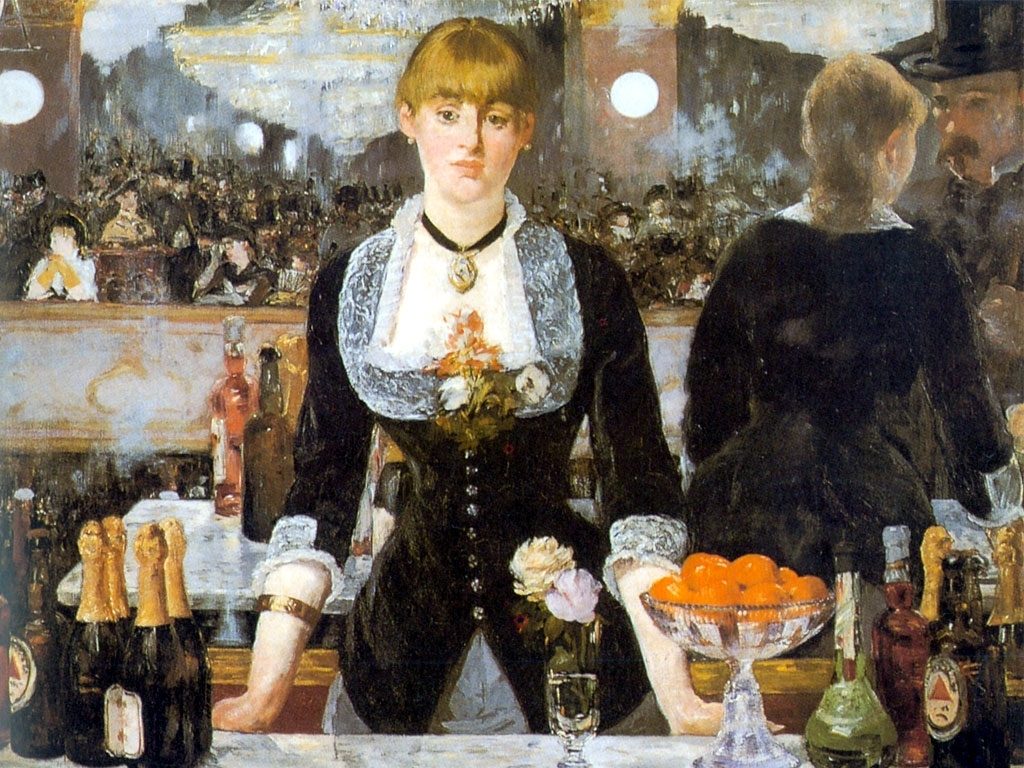
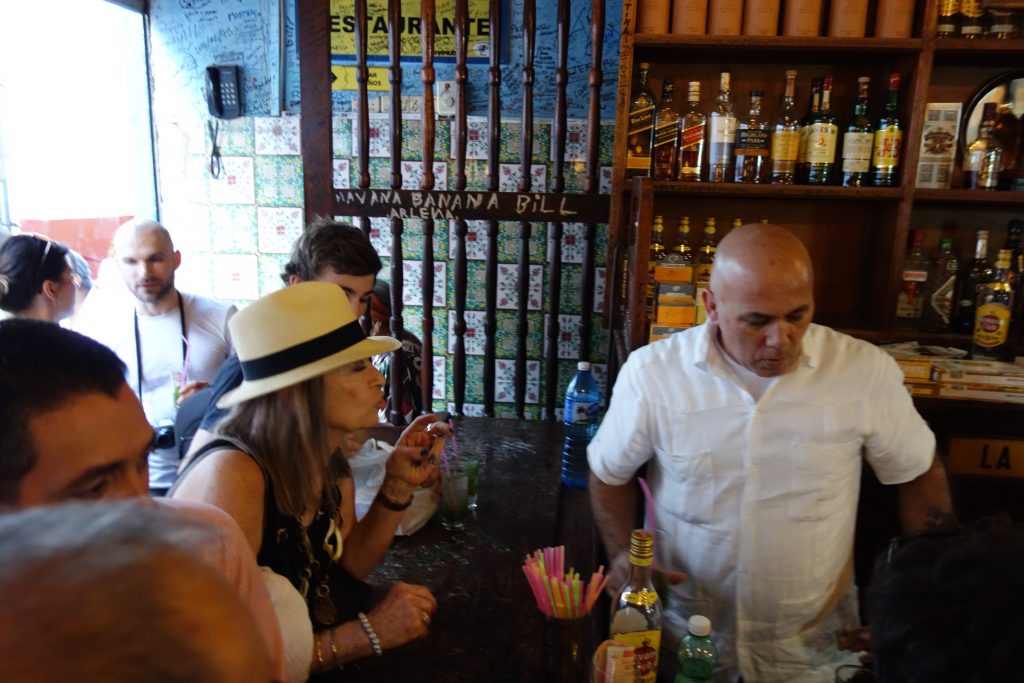
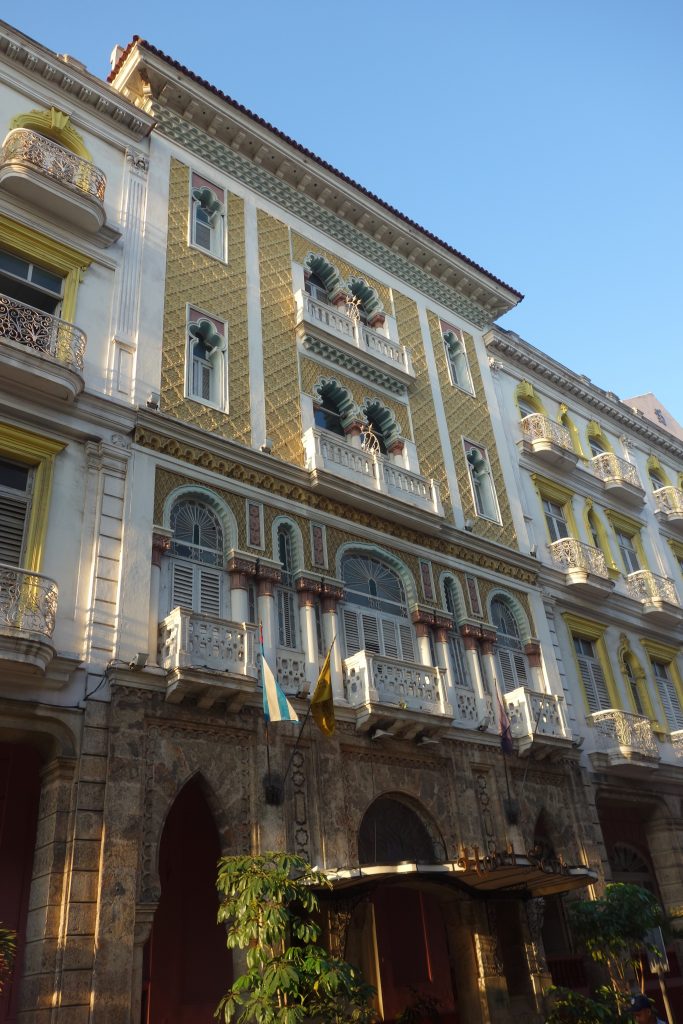
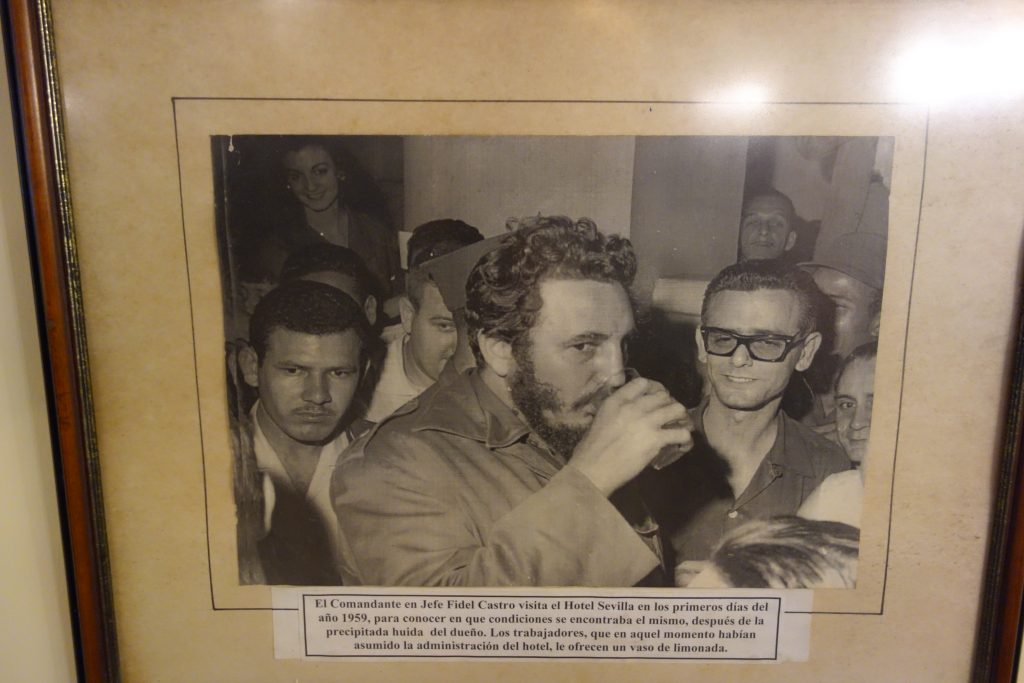
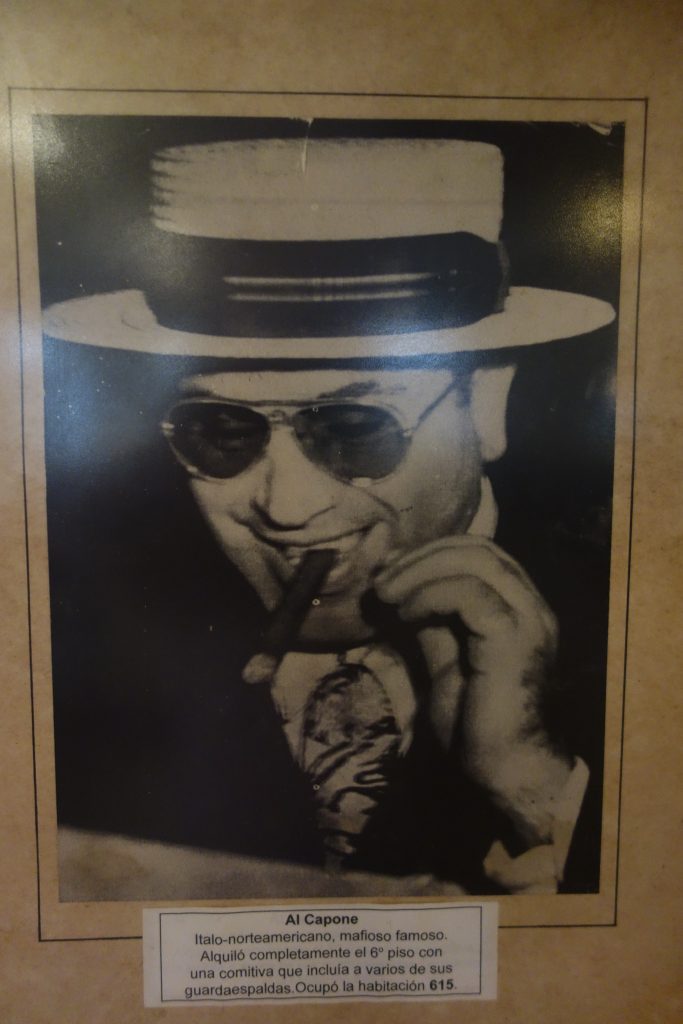

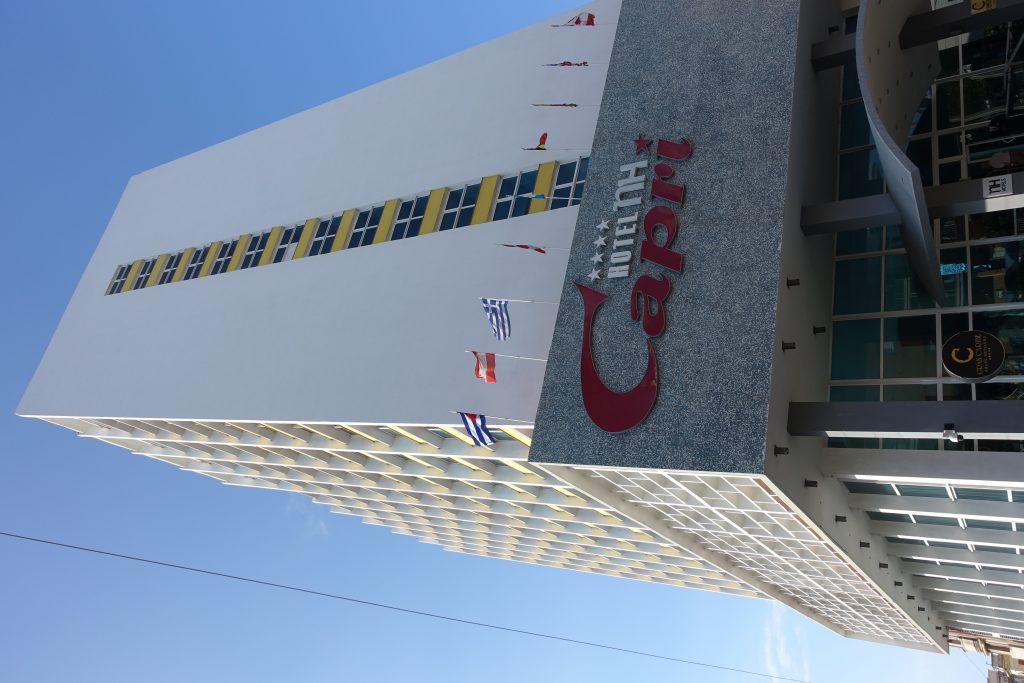
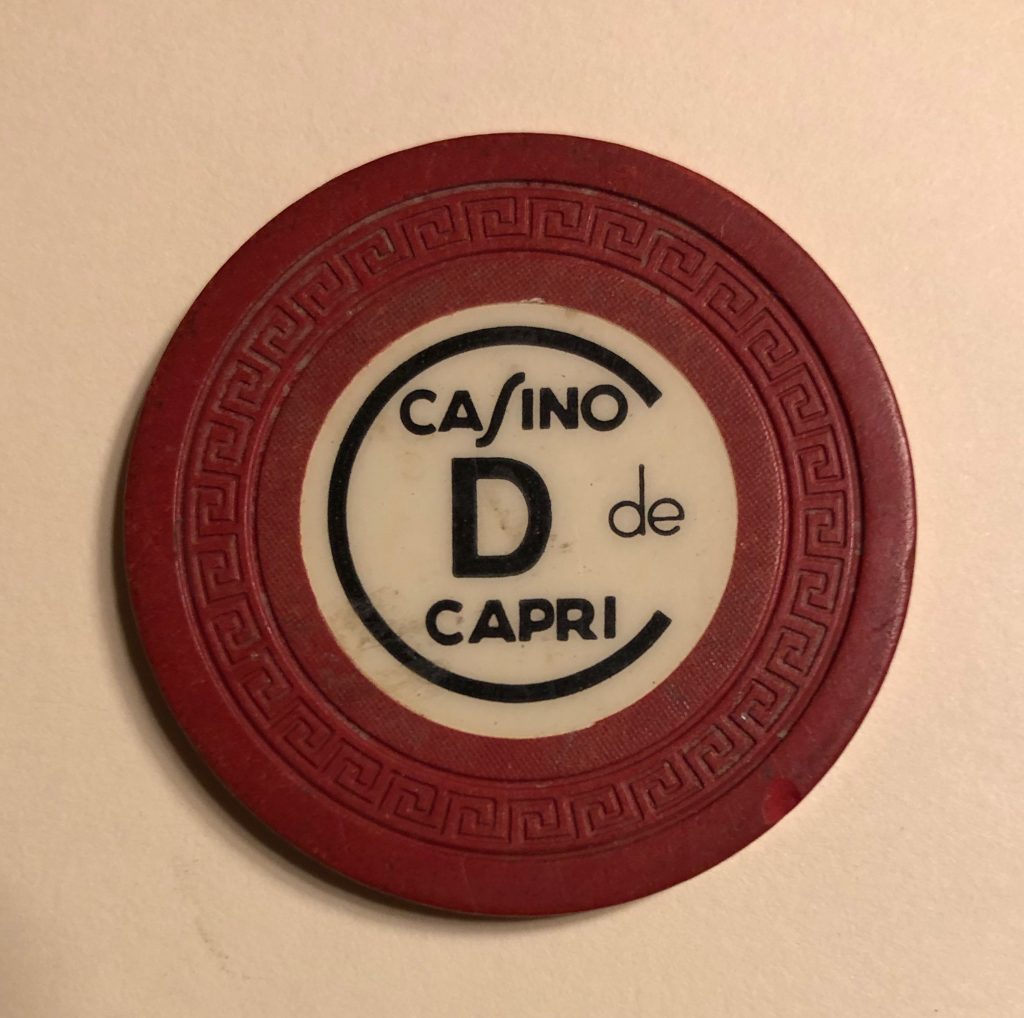
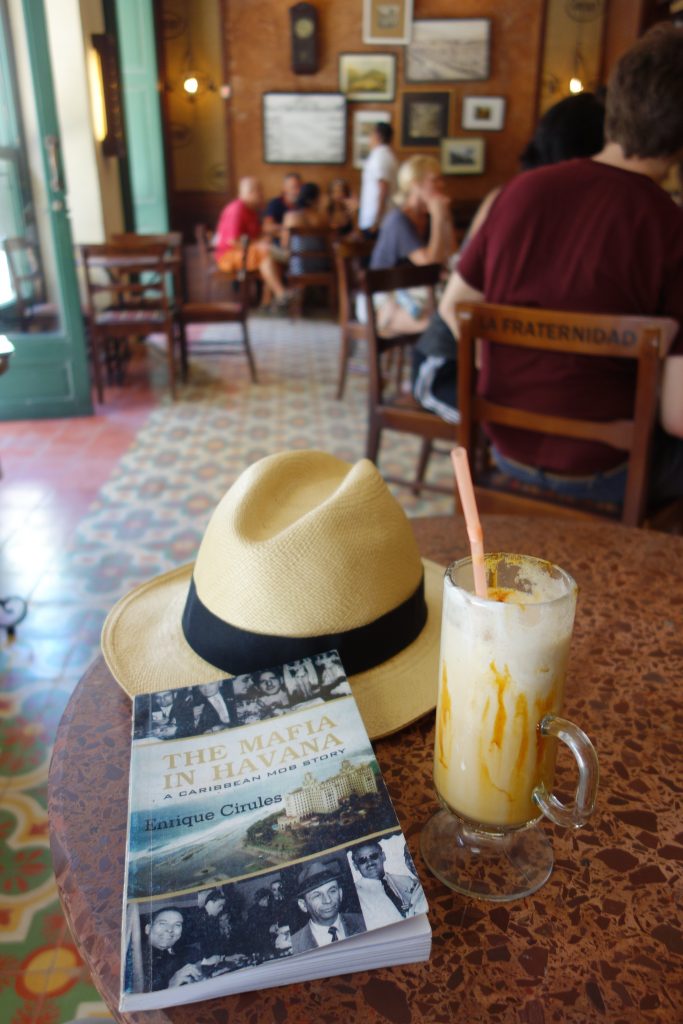
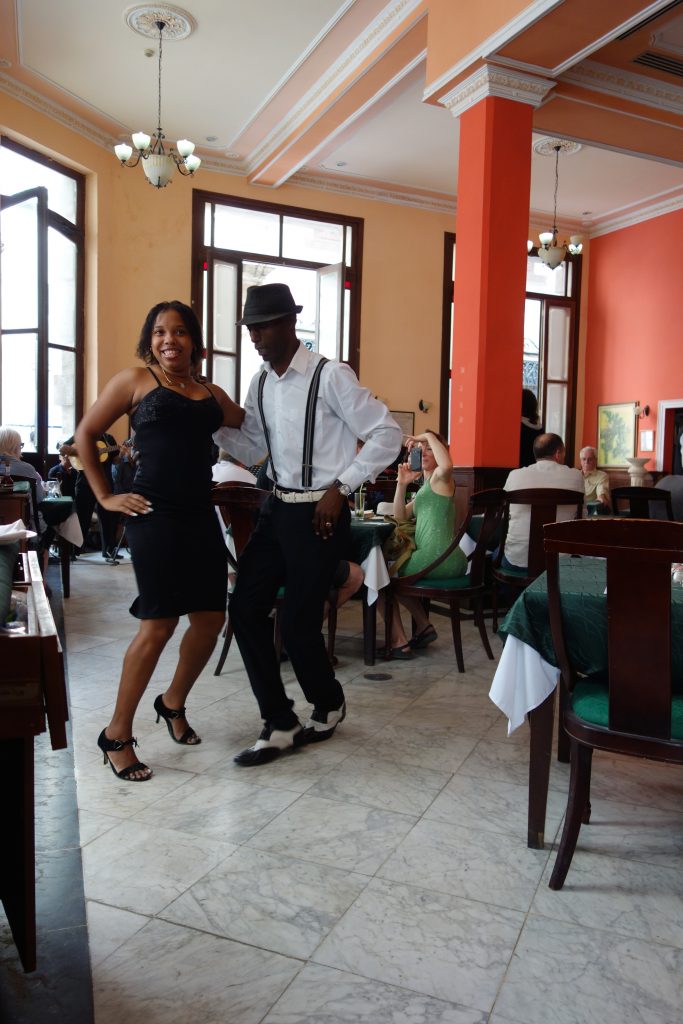
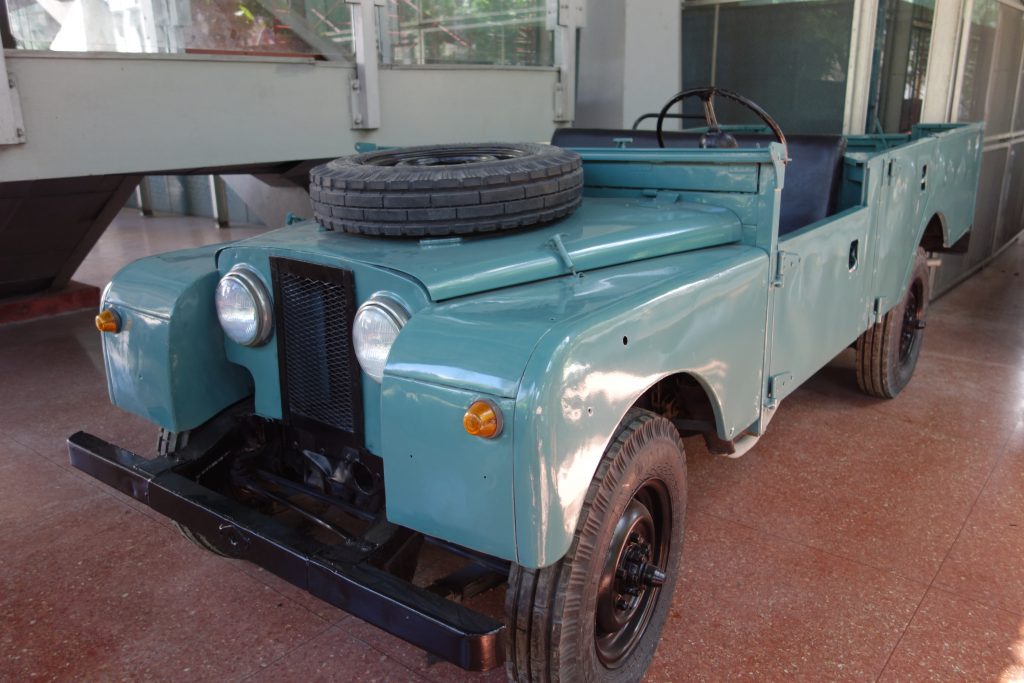
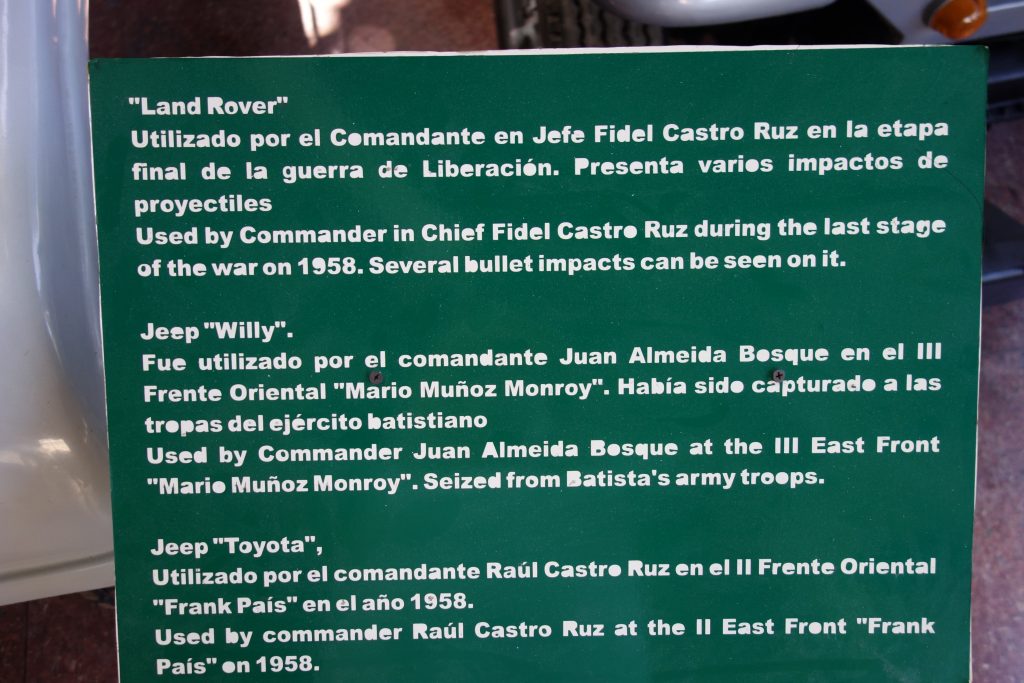
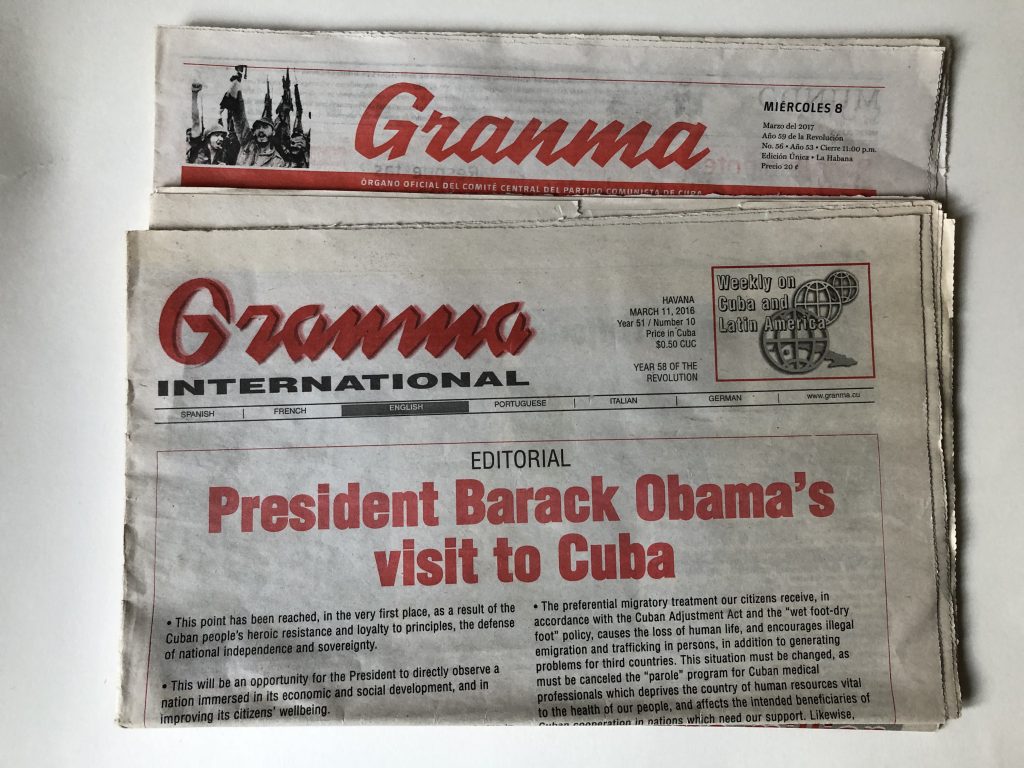
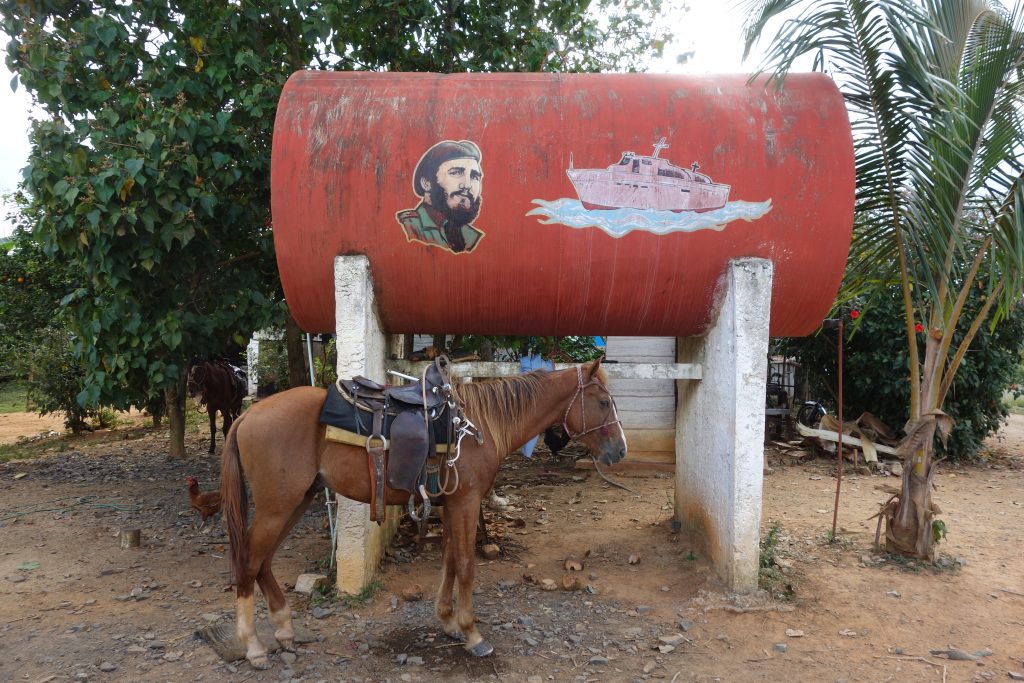
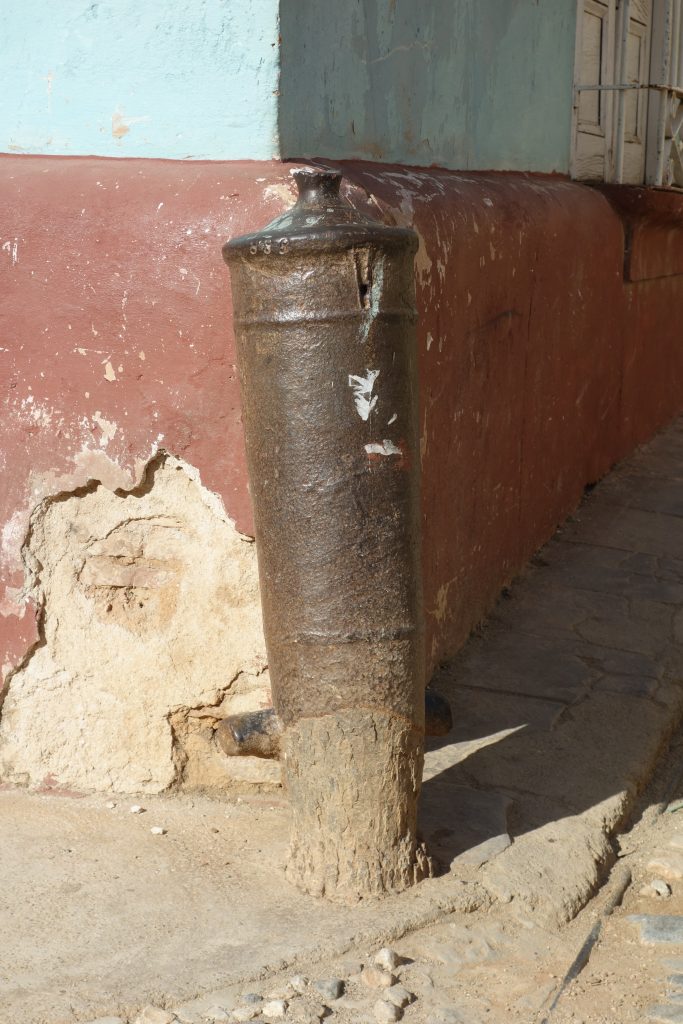
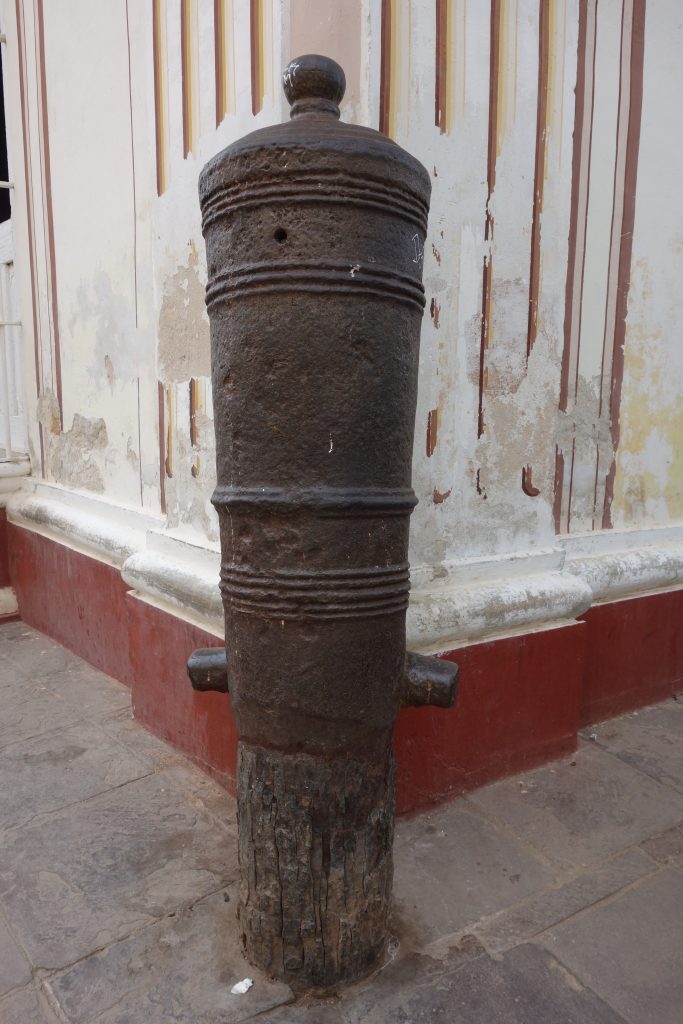
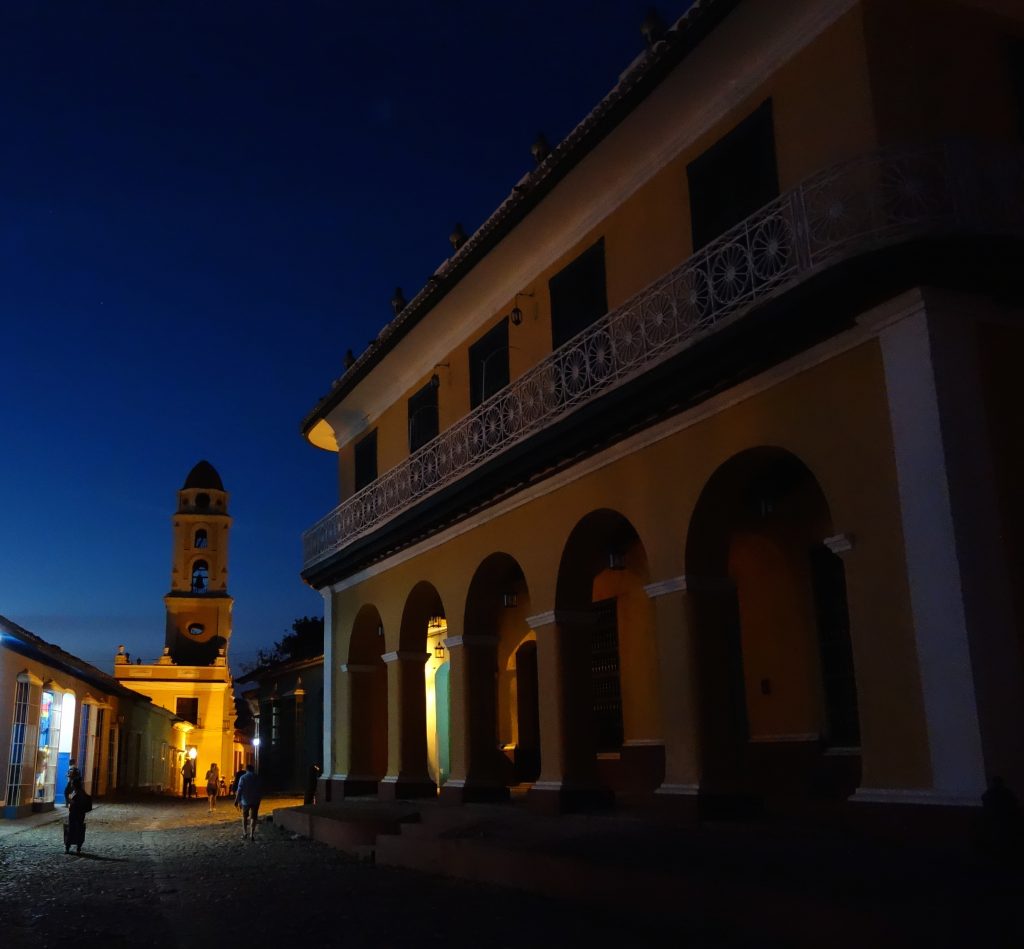

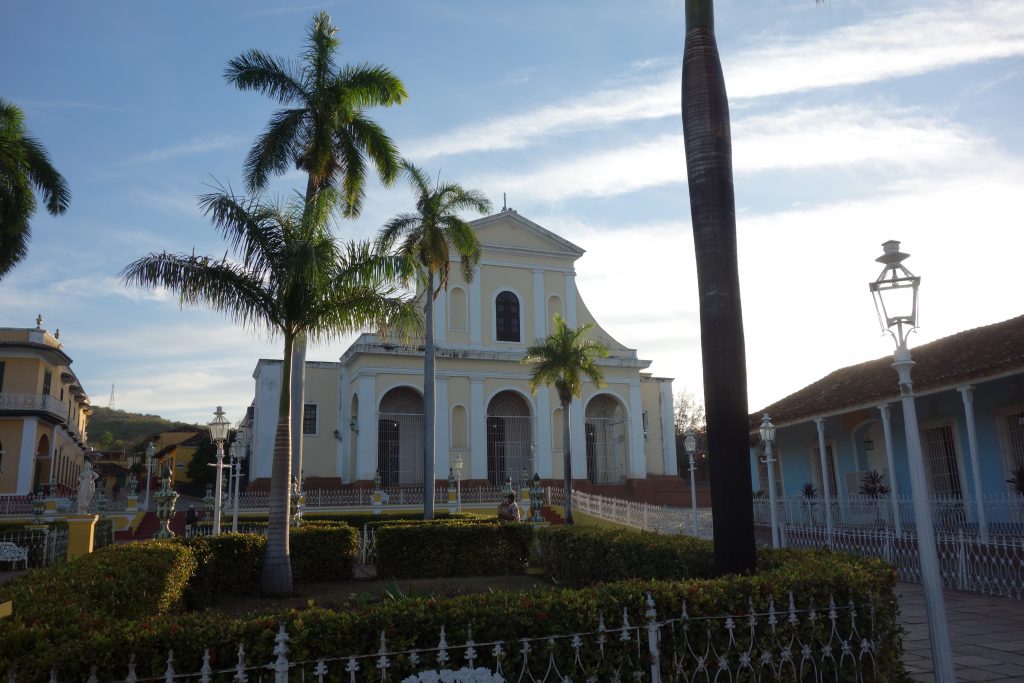
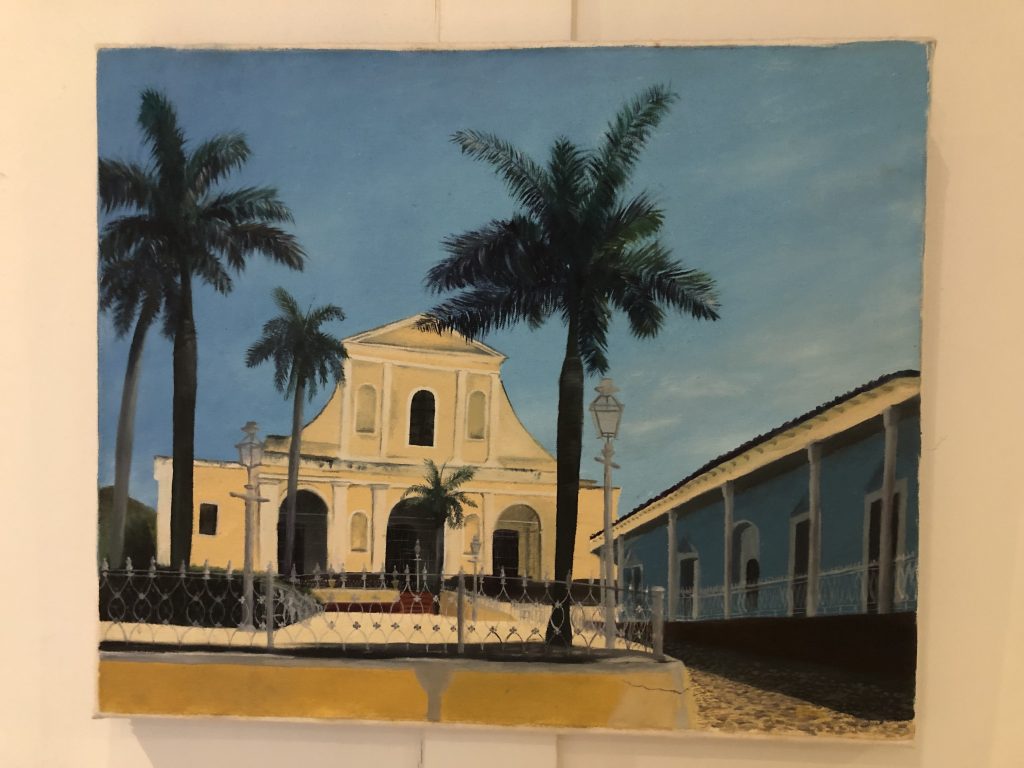
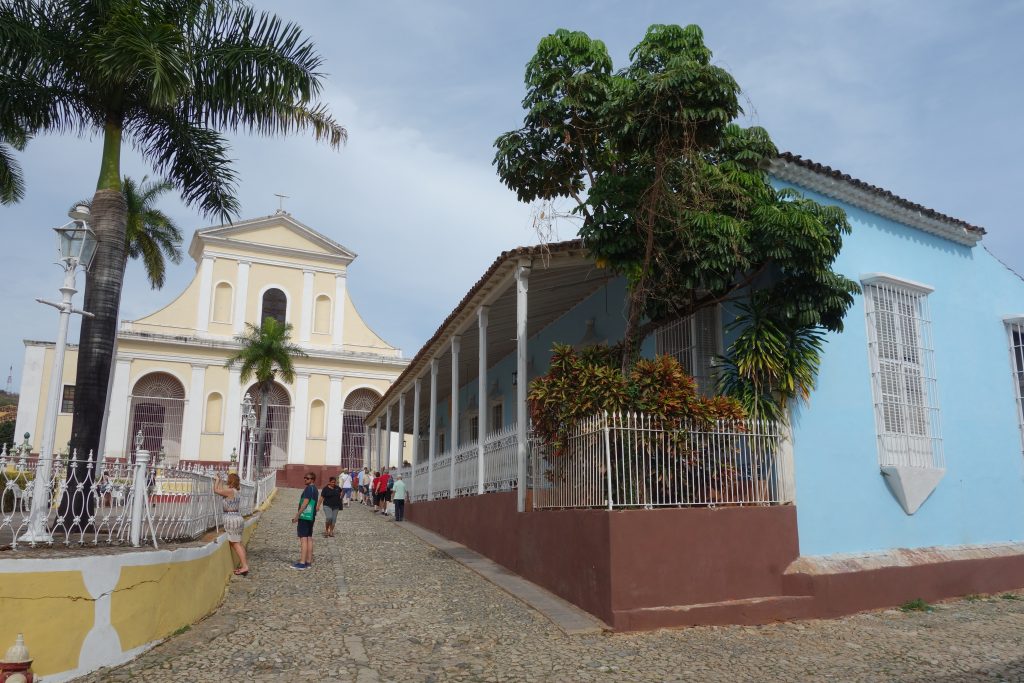
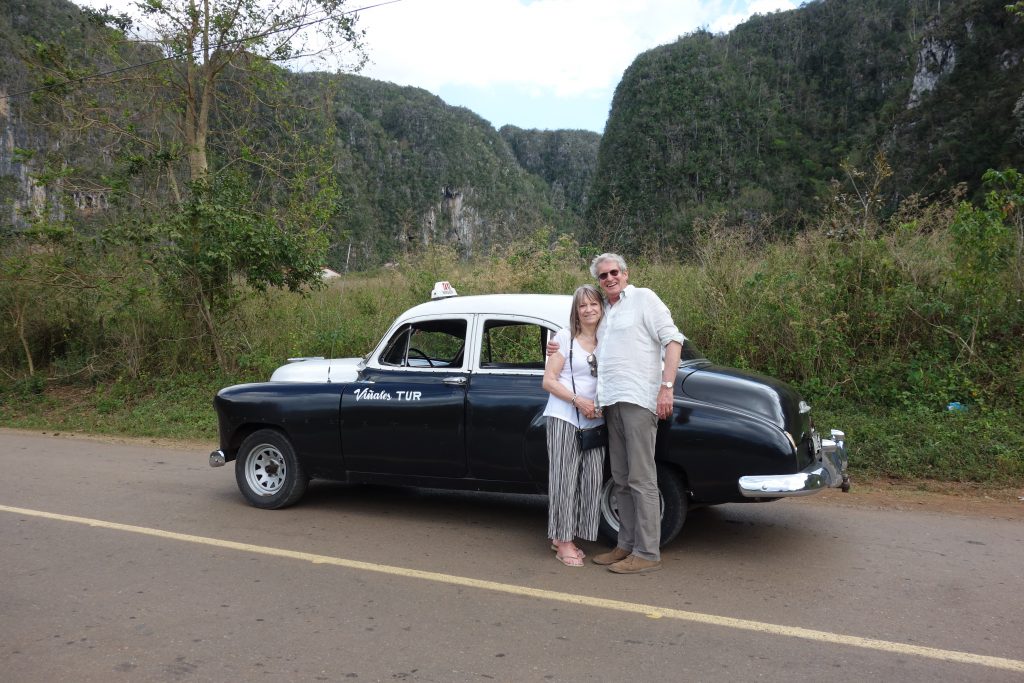
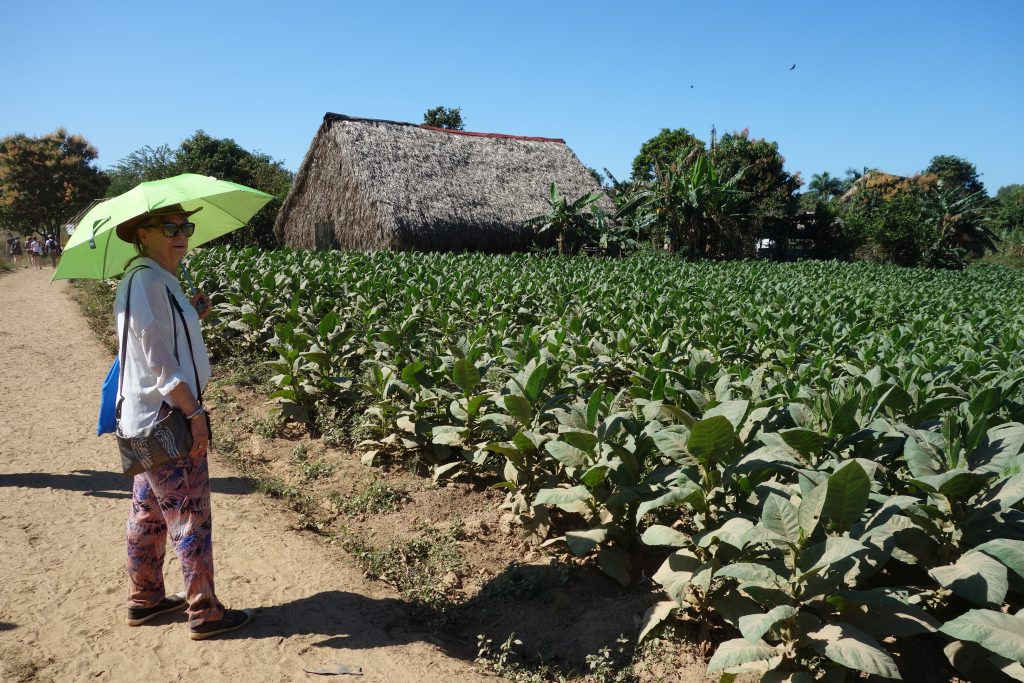
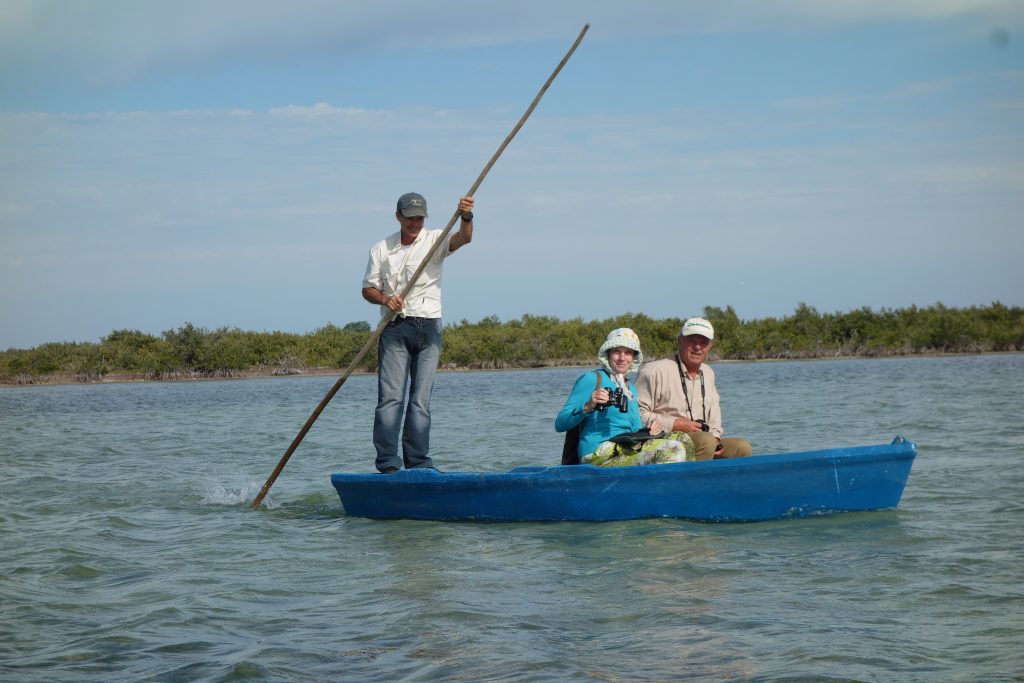
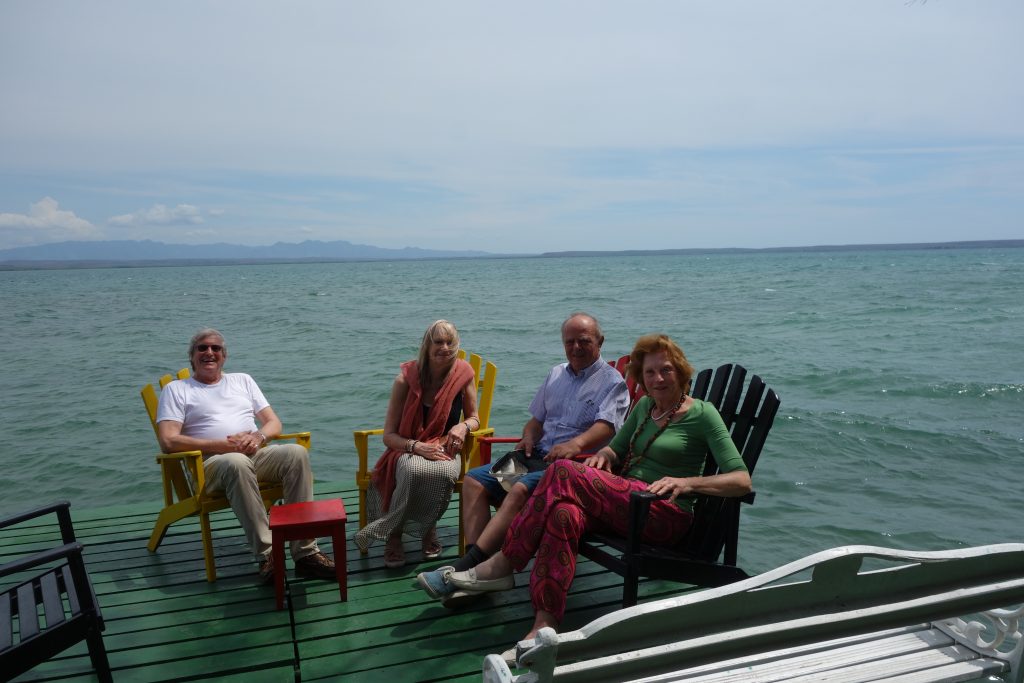
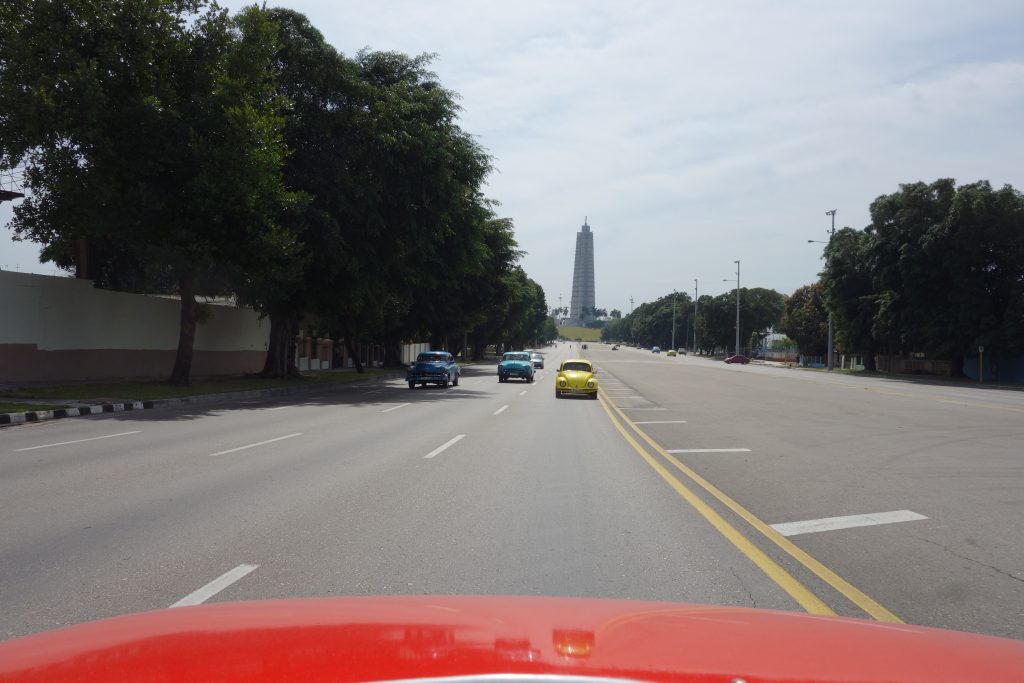
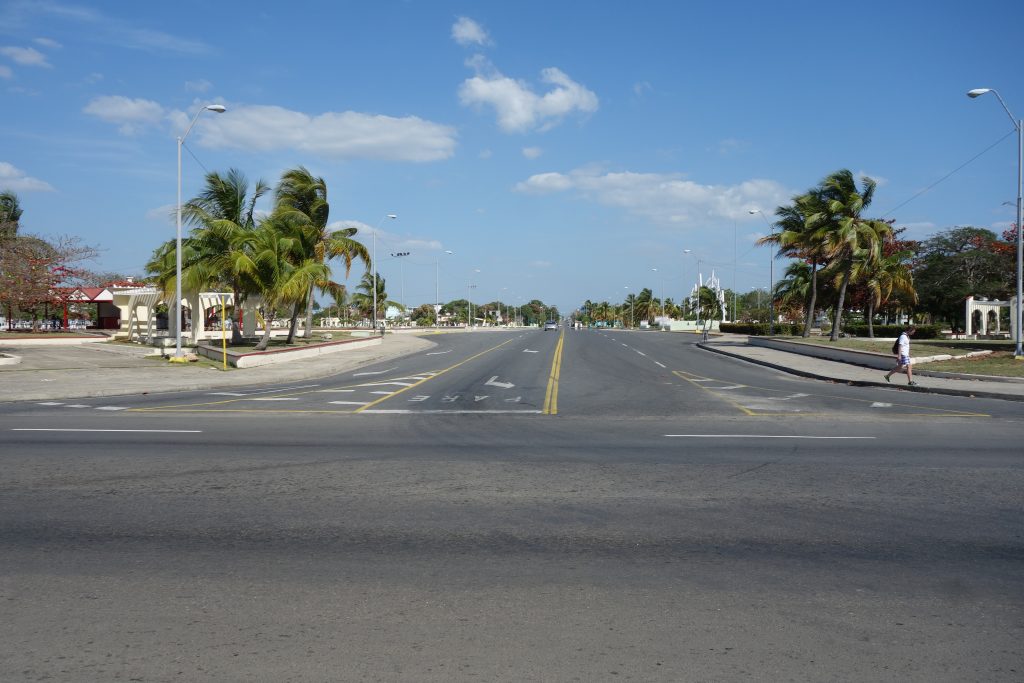
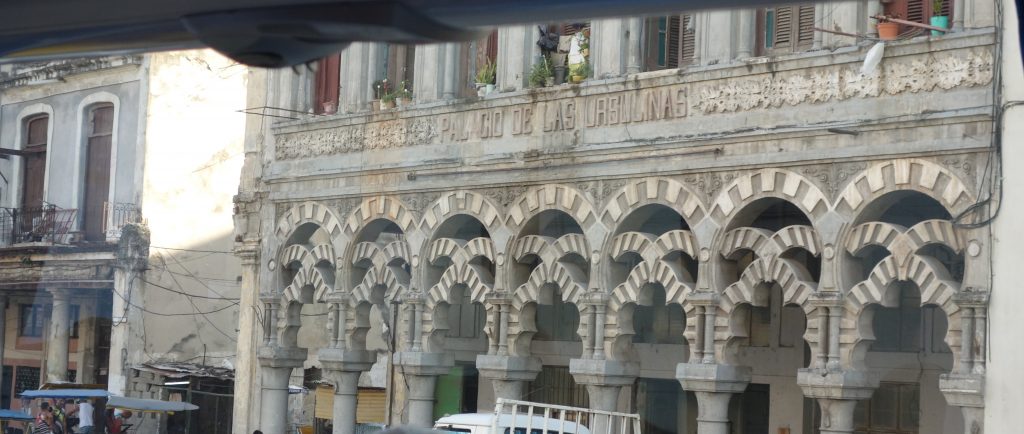
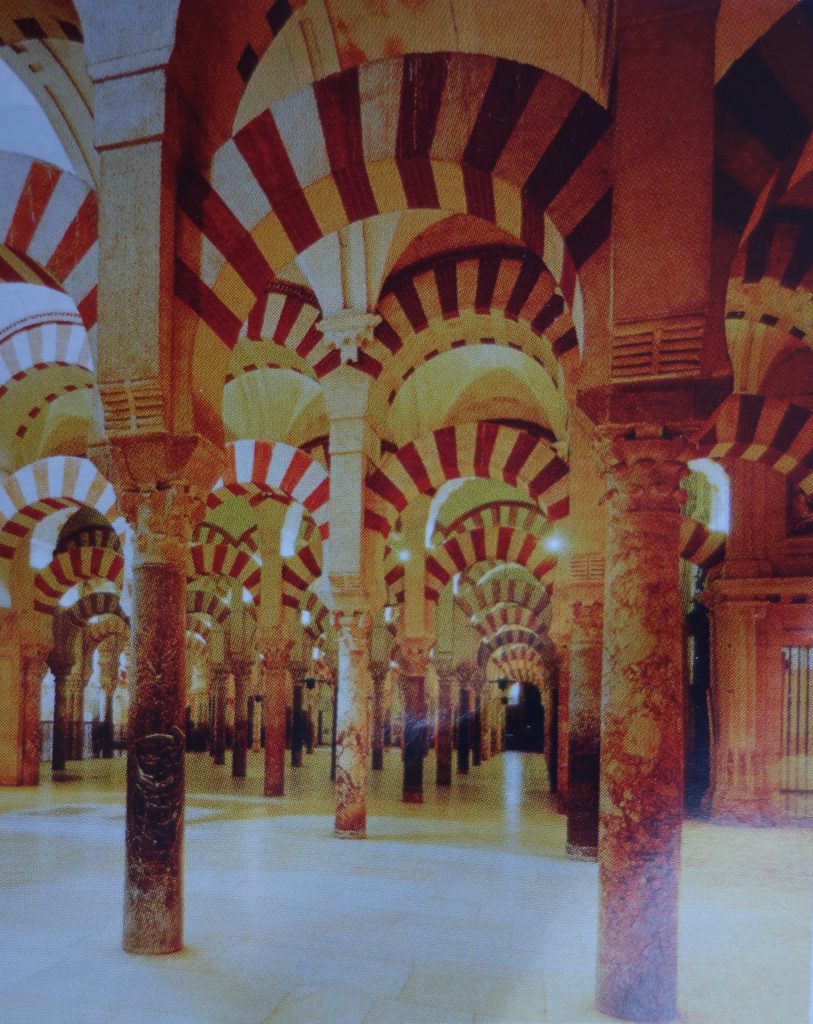


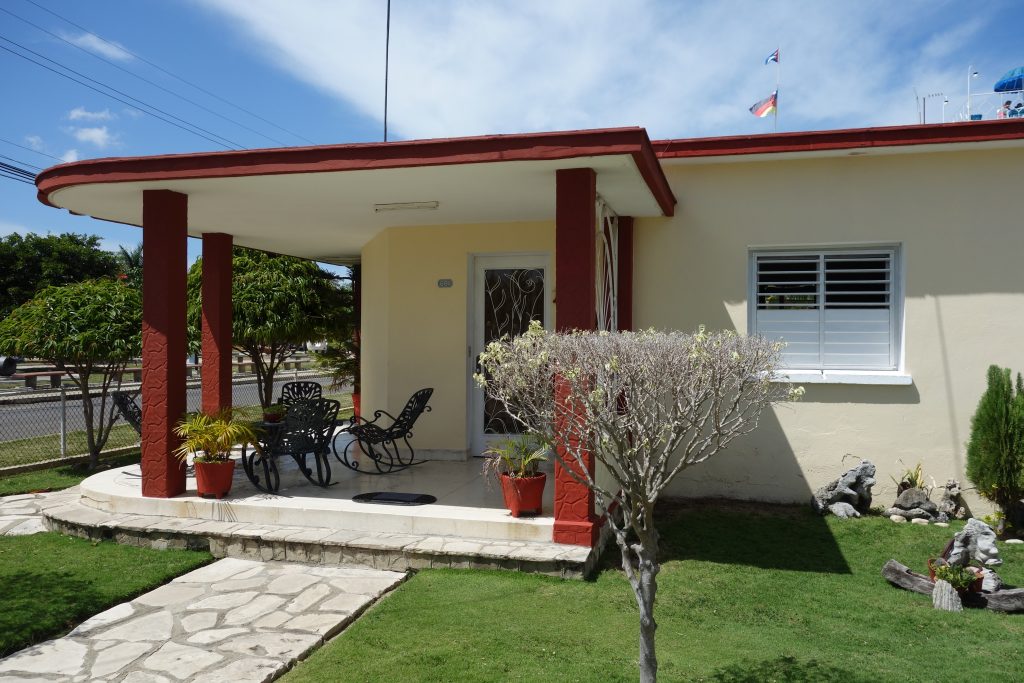
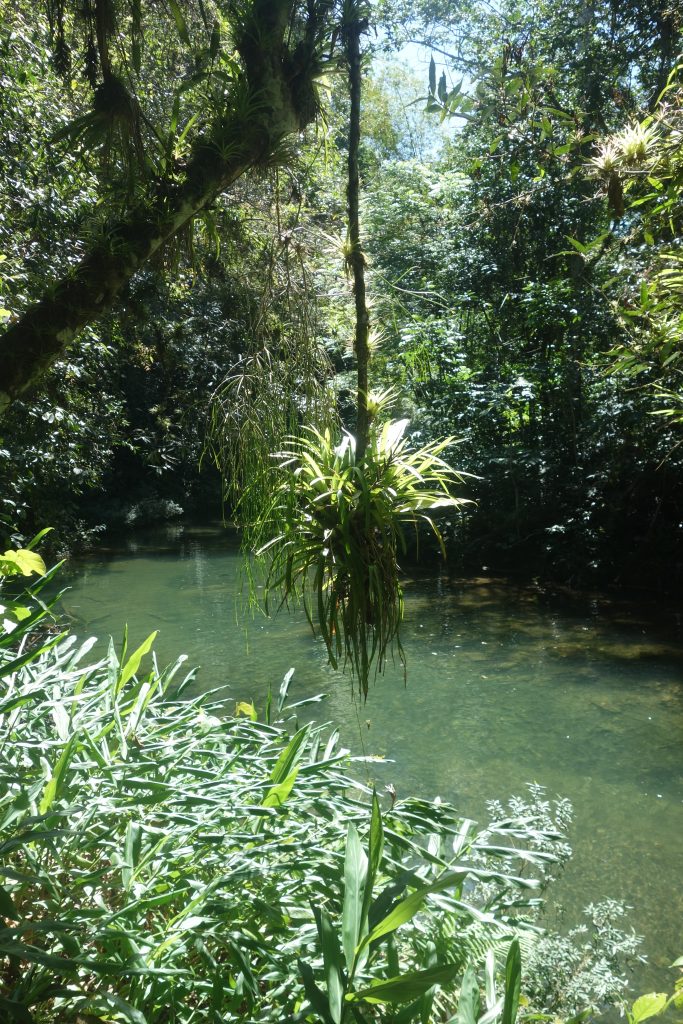
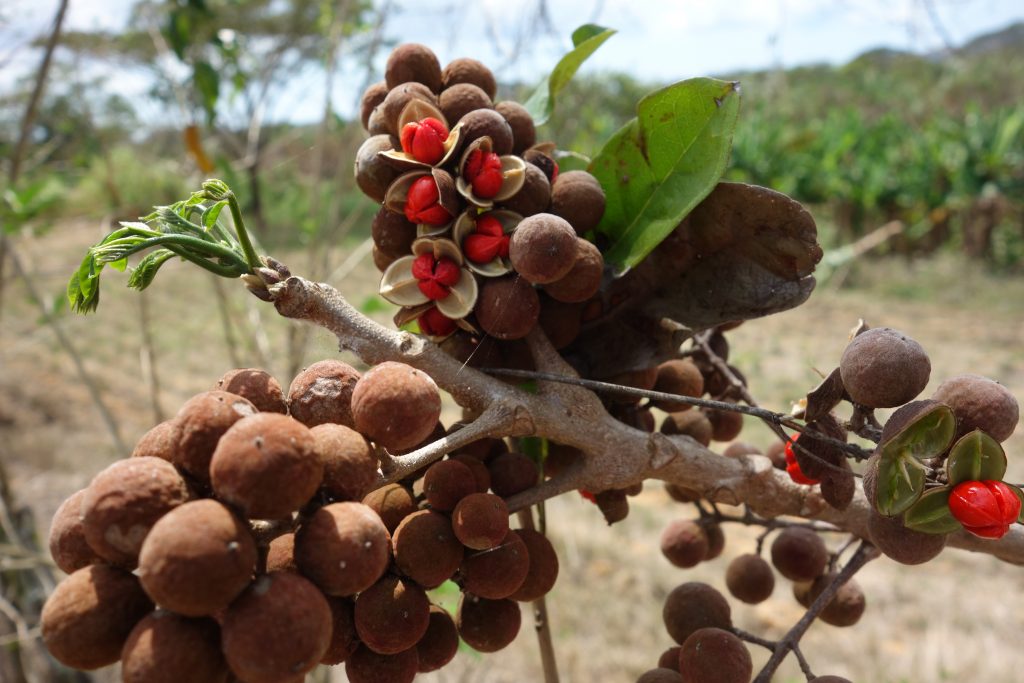
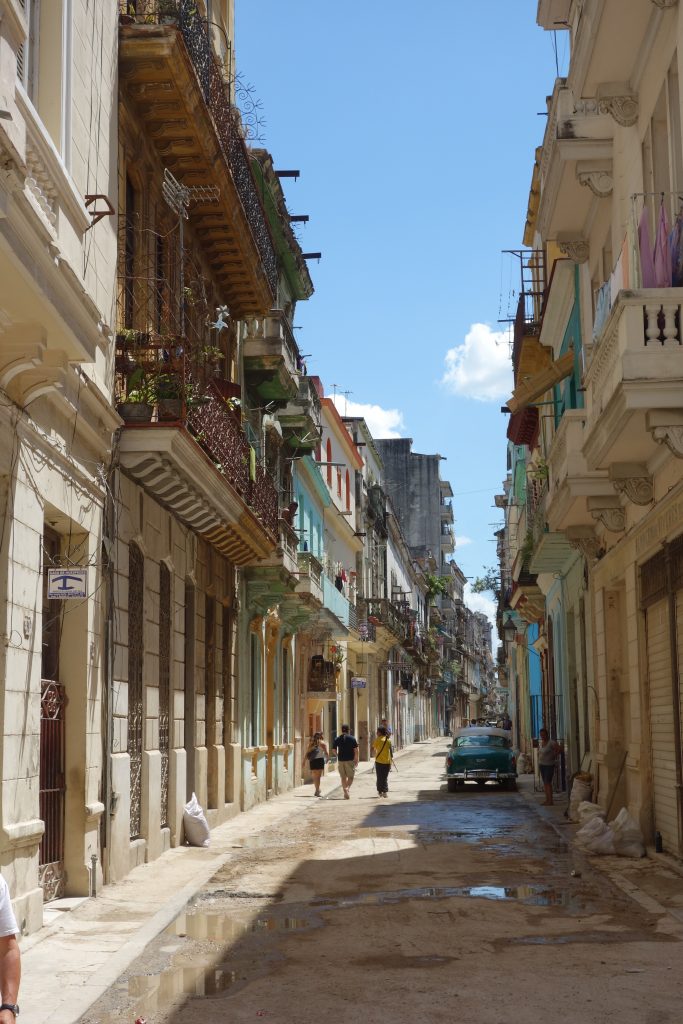
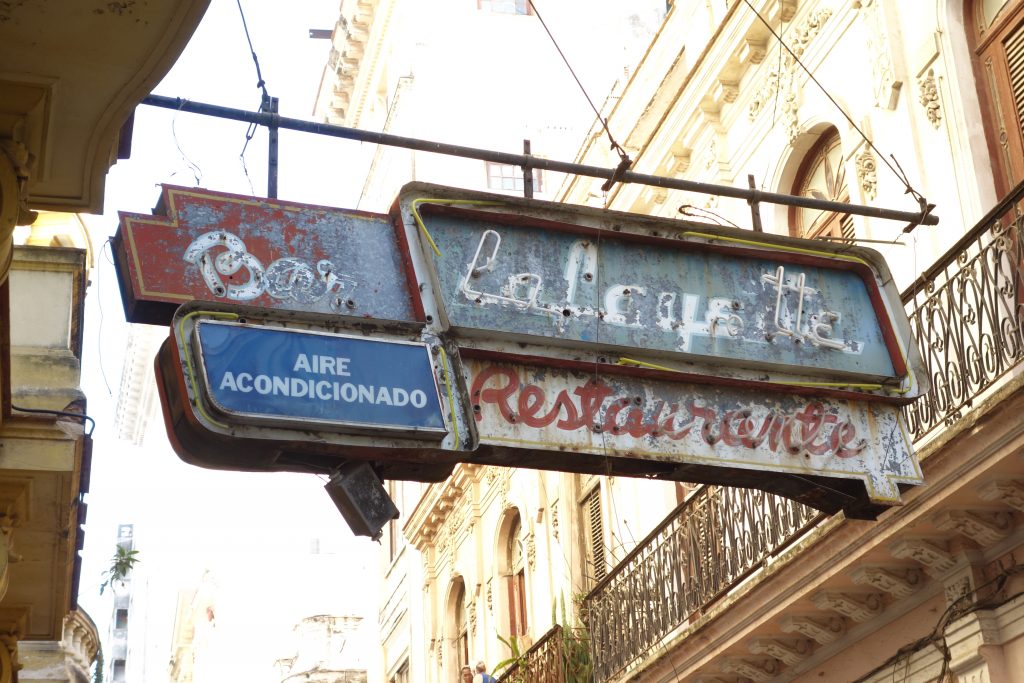
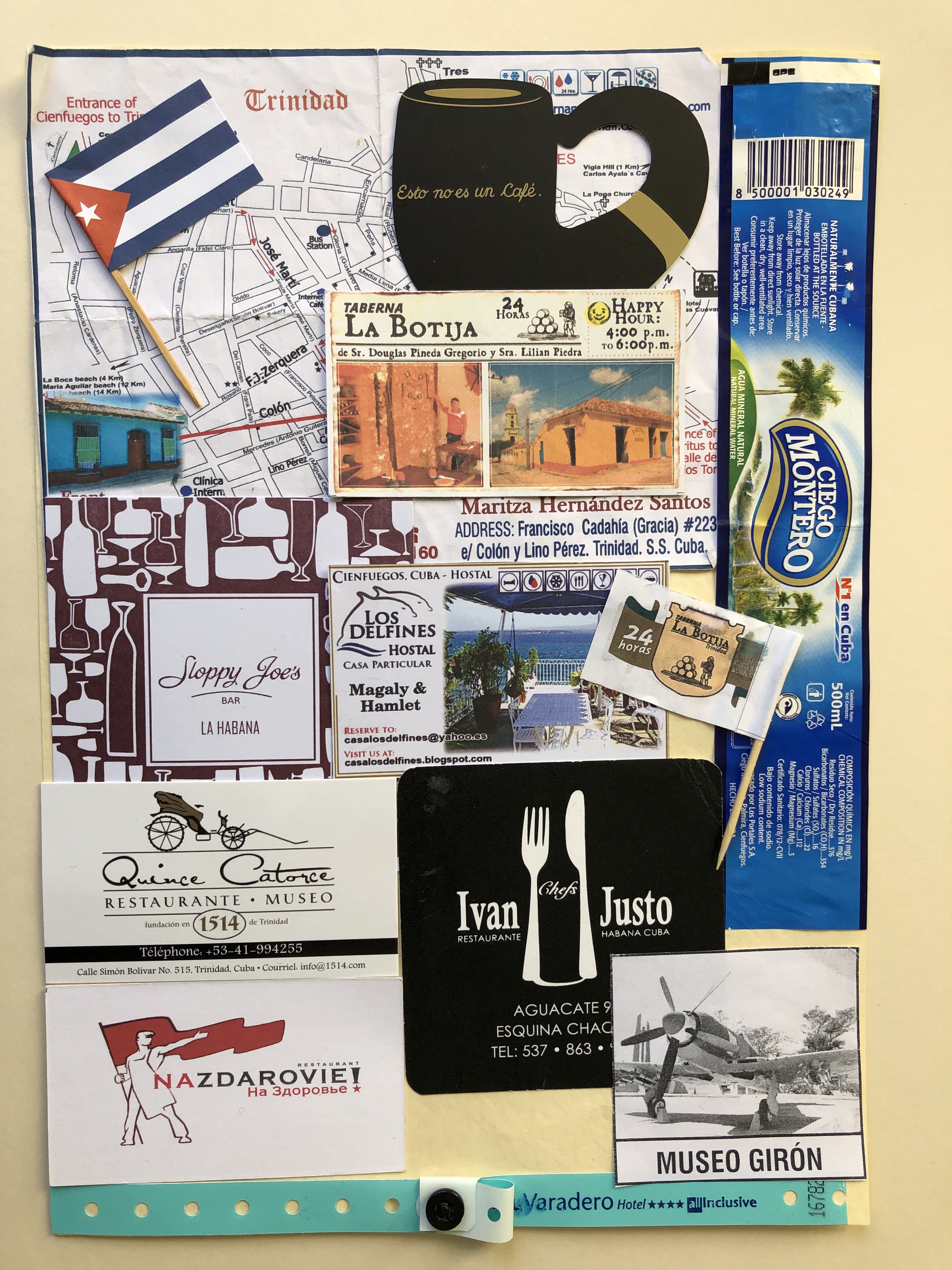

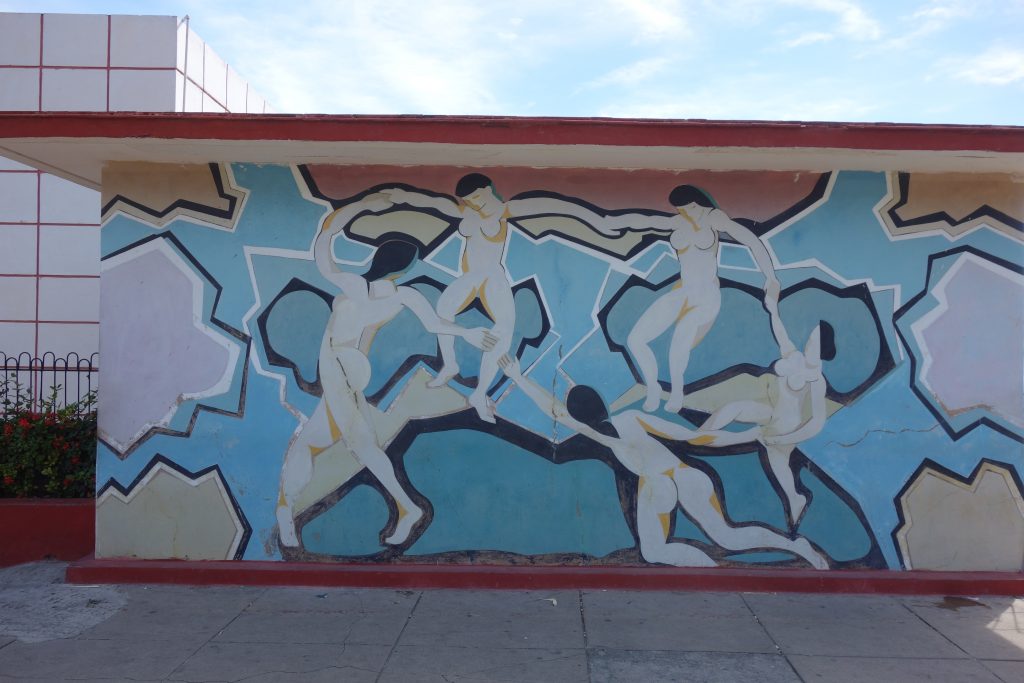
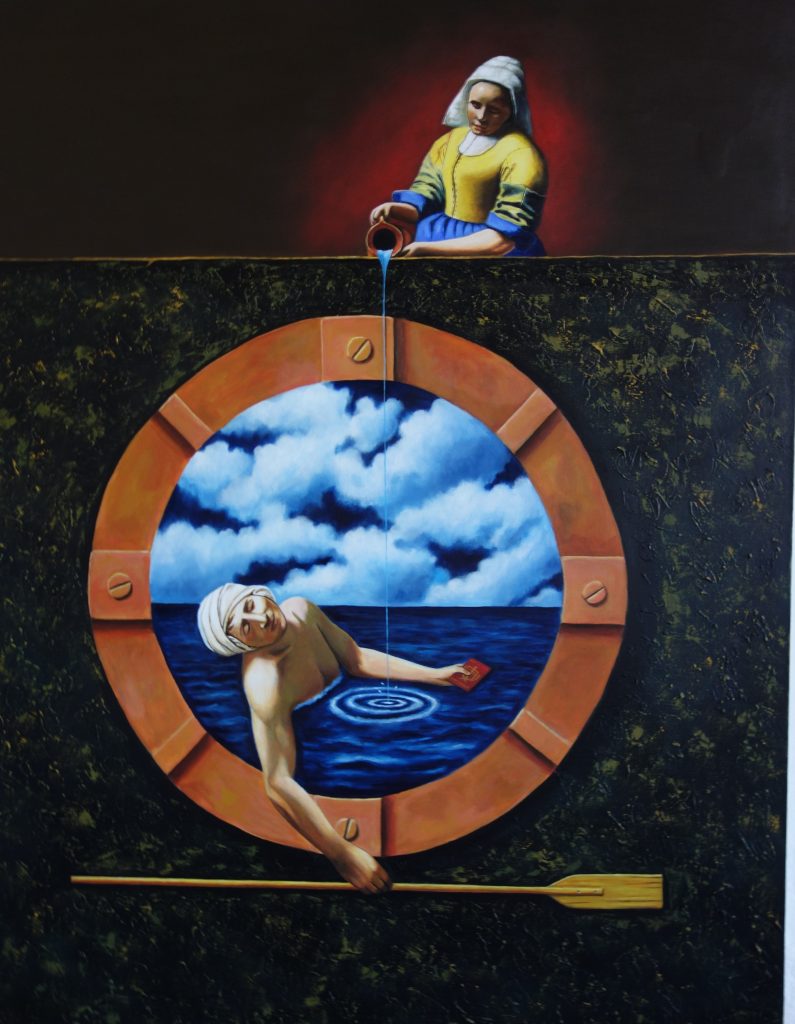
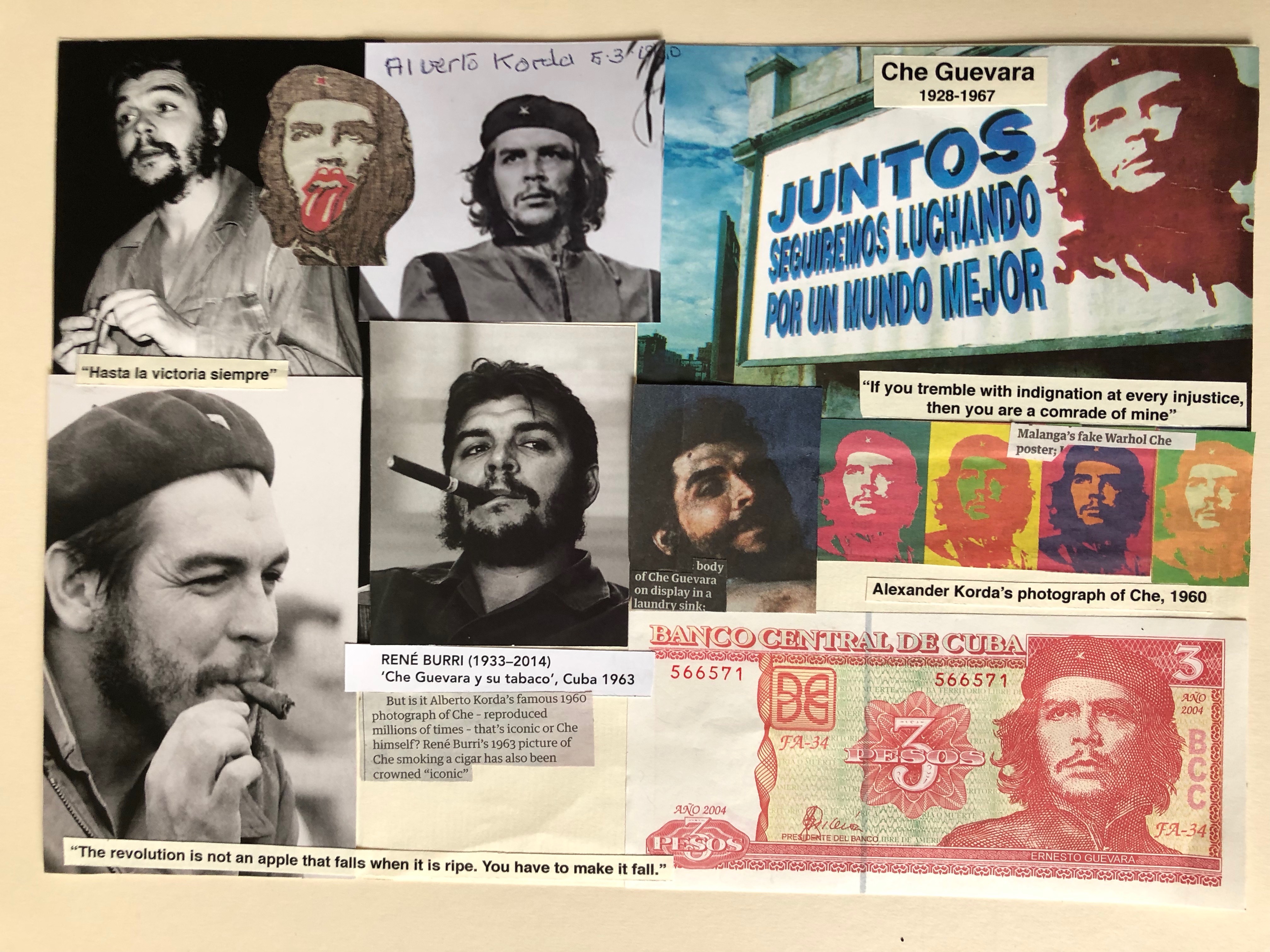
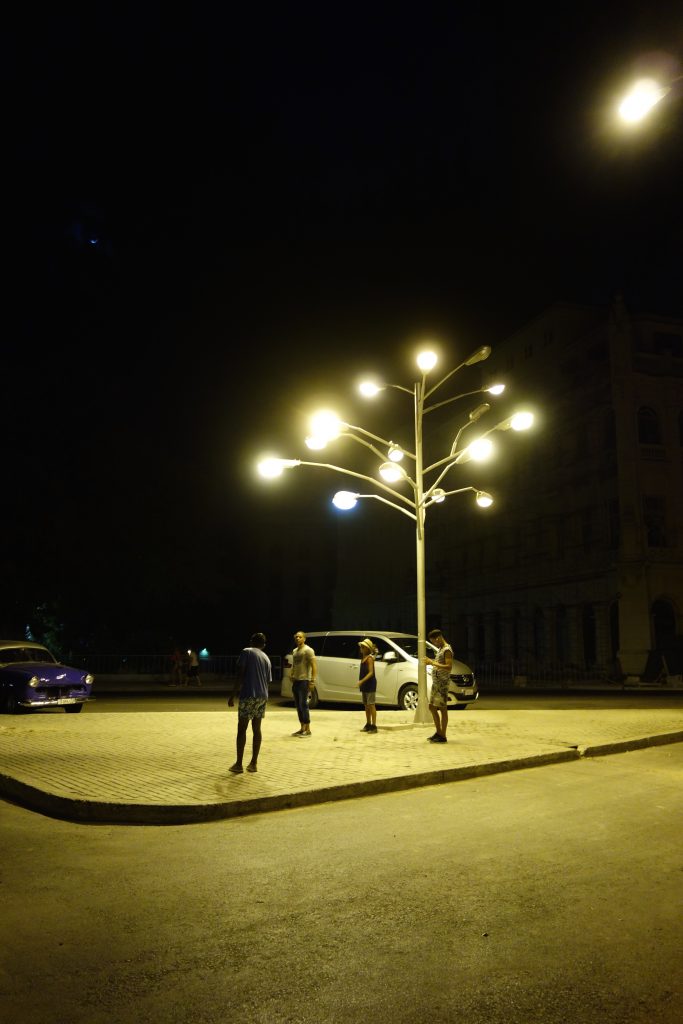
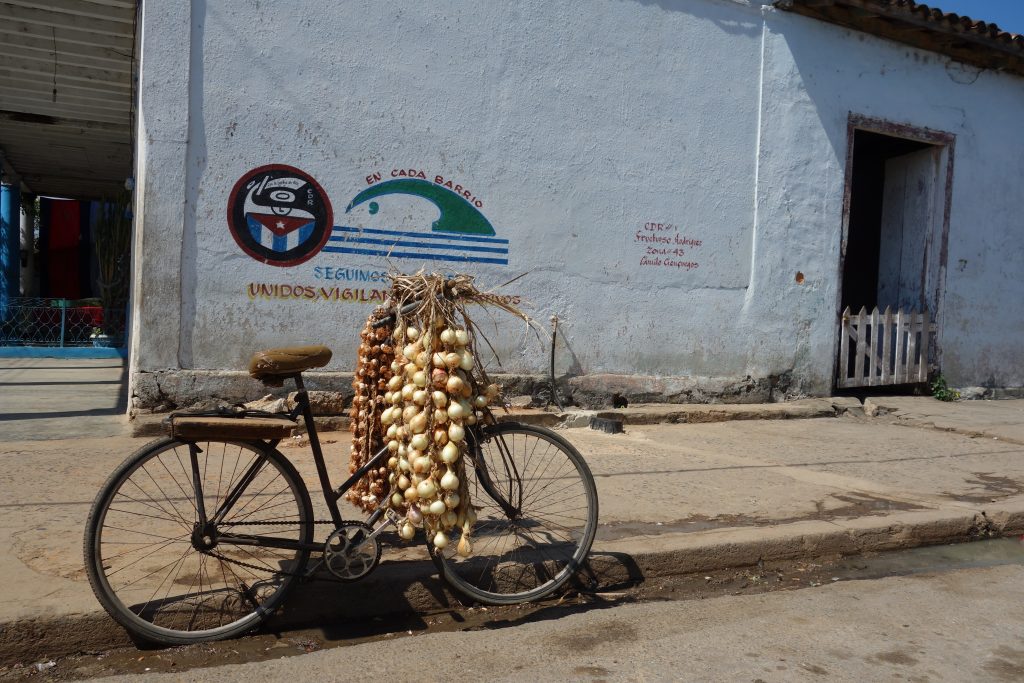
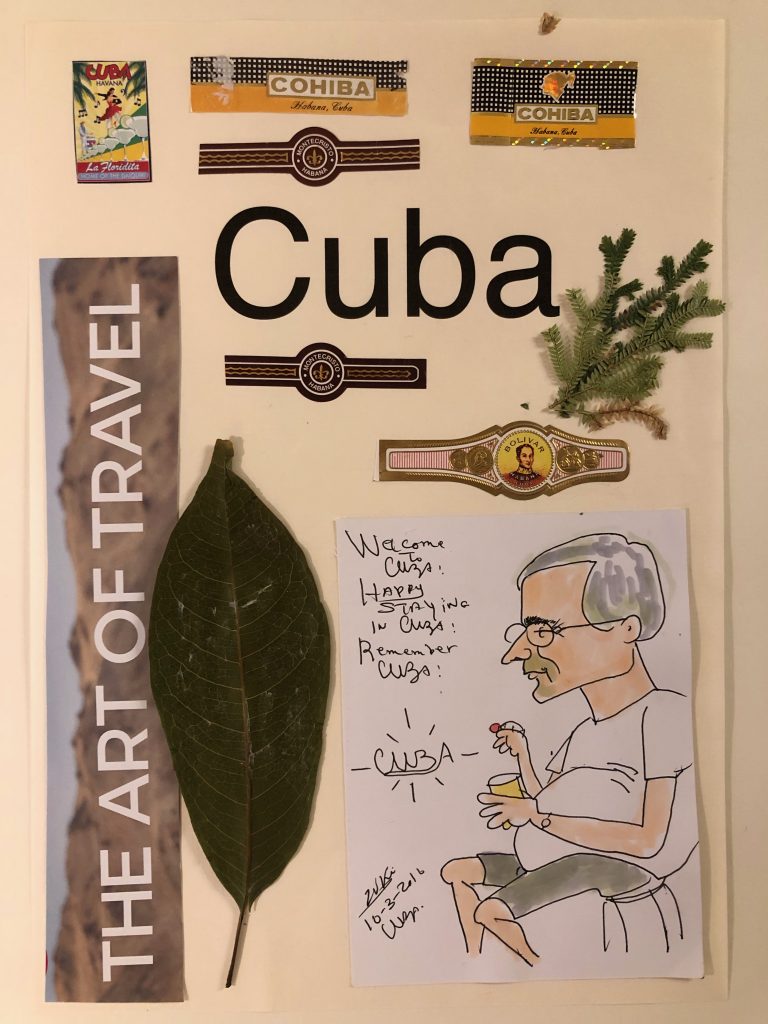
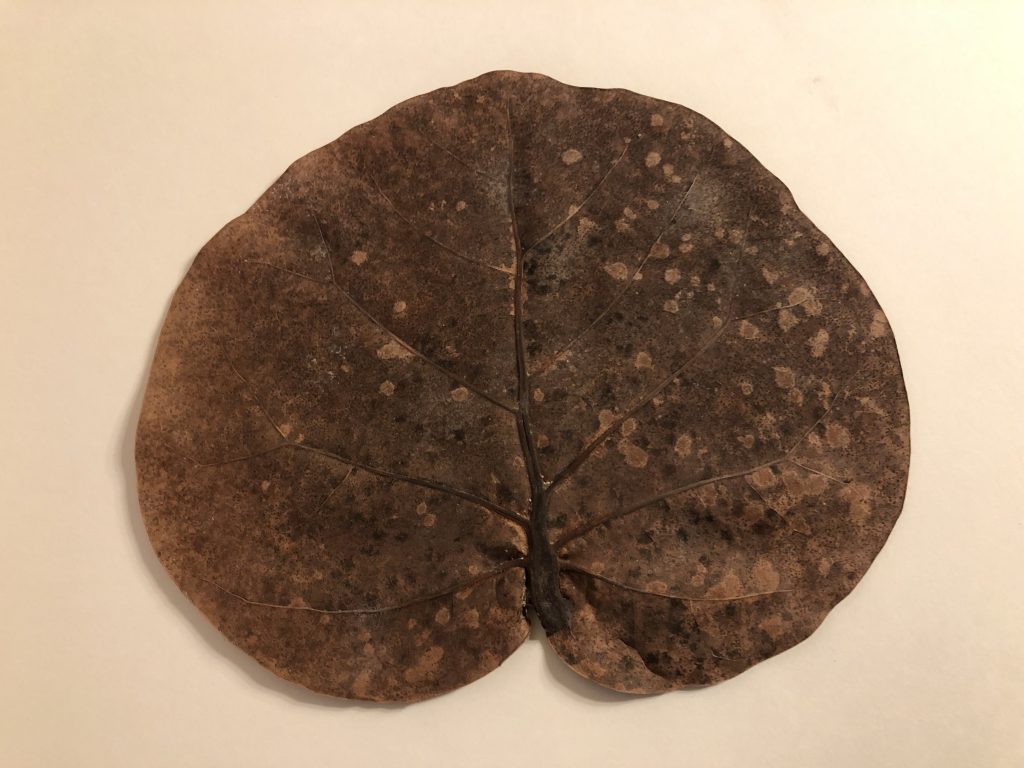

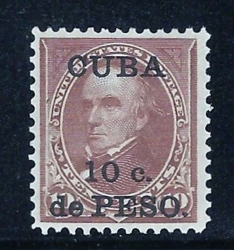
Time Line for Cuba
from
‘Cuba, A New History’ by Richard Gott
1492 &1494 Columbus visits Cuba, “discovers” indigenous tobacco plant.
“The most beautiful that humankind have ever seen”
1511 Spanish invasion and conquest by Diago Velazquez versus local Taino chief Hatuet. Ponce de Leon “discovers” La Florida.
1513 Jean Ponce de Leon, Spanish Governor of Puerto Rico discovers the Fountain Of Youth in Florida, see painting by Lucas Cranach
1535 Lima, Peru, founded by Pizarro. Became independent from Spain in 1824.
1560 Castello de la Real Fuerza Fort in Havana built to protect Catholic Spain’s possessions against Northern Protestant Lutheran Corsairs.
Jean Nicot se Villemain brought first seed of tobacco plant, nicotiana, to France
1556-1598 Philip II of Spain, Spain’s Golden Age. Married Queen Mary Tudor of England; ‘Bloody Mary” 1554-1558. Fervent catholic, Spanish Armada 1588, failed English Armada 1589.
1581 Crowns of Spain & Portugal linked
1585-1604 England at war with Spain, Sir Francis Drake commissioned by Queen Elizabeth in 1588 to attack Spanish possessions in Caribbean.
A Privateer, a licensed pirate or Buccaneer, the Tiano word for bacon is Baucaniere. Drake never attacked Havana but in 1586 sacks St. Augustine in Florida.
1624 Dutch attack Cuba under Admiral Piet Hey
1655 English under Cromwell attack Cuba but conquer Jamaica, and formally cede the country in 1670 under Treaty of Madrid
1688 Famous Welsh Privateer, buccaneer and admiral of the Royal Navy Sir Henry Morgan dies. Notorious in the Spanish Main. Attacked Puerto Principe in 1667, followed by Porto Bello in Panama.
1670 Peace with England and France, 1697; end of Piracy.
1740 Renewed activity; Captain Robert Jenkins; War of Jenkins Ear. Admiral Vernon attempts invasion in 1742
Royal Navy introduces “Grog”, a mix of rum, lime juice and small beer or water.
1754-1763 Seven Years War, World’s “First World War”
1762 George Kennet,Duke of Albermarle, takes Cuba. In Treaty of Paris Cuba for Florida. 1763 Spain cedes Florida to England in exchange for Cuba. In 1783 England cedes it back again. US acquired Florida from Spain 1821, achieves statehood in 1845.
1776 American Revolution.
1759-17889 Charles III of Spain, renewed interest in Cuba
1791 Slave Rebellion in French Saint- Domingue, Napoleon attempts to re- impose white French rule, 1803. Haiti independent in 1804. French migrate to Cuba, as do Spanish after Louisiana Purchase.
1806 23 August, battle off the coast by Havana during the Napoleonic War. The Spanish frigate Pomona was cap[tured by frigates HMS Anson and HMS Arethusa. Anglo-Spanish War 1796-1808.
1807 British withdraw from slave trade , followed by USA in 1808, and Spain 1817. But Cuba continues. Cuba imported 780,000 slaves between1790 and 1867. America finally abolished slavery in 1863, and Spain in 1867.
1820’s Increasing fear of slave and free slave revolt by white minority and calls for Independence from Spain by whites. Cubanacan.
Annexation or Acqisition by United States, Monroe Doctrine of 1823, qv Puerto Rico, independence from Spain in 1898, America takes over, and is still there.
Influence of Simon Bolivar [1783-1830] instrumental in independence movement in Hispanic America, inc. Venezuala [1819] Colombia [1819, Ecuador [1820] Peru and Bolivia [1825] Mexican War of Independence under Pancho Villa in 1824.
Both African Slaves and Spanish settlers encouraged to form “cabildos”, fraternal societies based on place of origin.
1836 Texas Independence, Sam Houston versus Santa Anna, leading to Republic of Texas, statehood in 1846.
1839 Pope Gregory XVI issues a Bull against Slavery, yet 200,000 slaves arrived in Cuba 1840-1860. Whereas In 1834 the British had freed all their slaves in Jamaica.
1843-44 Black Rebellion, whites look to annexation by America, qv souther states slave owners. America offered to buy Cuba from Spain for $100 m. in 1848
In 1860 the white population was in the majority, 719k v. 643k
1868-78 Wars in Independence, Cuba a milch cow for Spanish empire
1895 Jose Marti died, hero of Independence Movement
1895-1898 Cuban Spanish War leading to Independence from Spain achieved, final collapse of 400 year Spanish Empire. Gomez & Maso and Gacia for Cuba
Spanish American War; America declares war on spanish Empire including Cuba and Philipines, invaded Cuba at San Juan Hill, 1 July 1898 by First US Volunteer Cavalry under Theodore Roosevelt’s Rough Riders, “liberating” Cuba. Heavily promoted by newspaper tycoon Randolph Hearst. Sinking of battleship USS Maine.
[ War agains Apache leader Geronimo in New Mexico, 1886, Sioux chief Sitting Bull 1890]
1898-1902 US Occupation
1902 Cuban ‘Pseudo” Republic ; Independence with a constitution including the Platt Amendment, US to “control” inc. use of Guantanamo Bay. Extensive American investment and Spanish immigration, inc.Angel Castro, father of Fidel.
1917 Russia; 8 March Bourgeois Revolution, October Bolshevik Revolution
1920’s Corrupt leadership, presidents i.e. Menocal, continued power of sugar barons. Followed by dictatorship of Machado, ‘tropical mussolini’ in 1924-33
1933 Revolution, three phases; first a fascist group, second a radical leftist, third counter revolutionary group under mulatto sergeant Batista and young officers, who killed older Machado officers.
Mayer Lansky establishes Mafia run Casinos and Hotels, start of Mafia Empire in Cuba.
1944 During WW2 Ernst Hemingway hunted for German U-Boats aboard his boat Pilar. His boat was outfitted by communications equipment provided by the US Embassy in Havana. This experience formed the background to his novel “Islands in the Stream” [1951].
“The Hemingway Patrols; The Old Man and the U-Boats” by Terry Mort. One event details the pursuit of survivors of a U-Boat along the Jardines del Rey on the north coast of Cuba and their death around Cayo Guillermo.
1946 Lucky Luciano holds meeting of Mafia capos at Nacional Hotel attended by Vito Genovese, Albert Anastasia, Barnetta Family etc. at Christmas. Frank Sinatra sings and Ava Gardener and Lana Turner “meet”. Lucky stays in room 924. The film “Godfather Part II” features a meeting between the Mafioso and Batista when the big American company ITT presents Batista with a gold plated telephone.
1952 Republic under Fulgencio Batista. ‘the most polarised,corrupt,violent and undemocratic in Cuba’s republican history’ supported by USA and Roosevelt. Cuba controlled by triumvirate of US Banks [laundering] Mafia and American intelligence.
Egyptian Revolution under Gamal Abdel Nasser
1953 On 26 July Fidel Castro, aged 26, failed attack on Moncada fortress. arrested imprisoned, amnesty by Batista after 2 years. flew to Mexico, met Che Guevara. in 1956 returns to Cuba onboard Granma, chaotic landing, hid in Sierra Maestra.
1955 Allan Dulles of CIA sets up Bureau for Repression of Communist Activities with Batista.
1956 Voyage of the “Granma” from Mexico with Castro
1958 Graham Green publishes “Our Man In Havana”. Based on a true story of a Spanish double agent in Lisbon called “Garbo” in 1941. Greene worked for MI6 and knew Philby. Greene had “a personality profoundly antagonistic to ordinary domestic life”. Greene was a secret courier taking warm clothes to Castro in the mountains and later met Castro who gave him one of his paintings.
Fidel Castro met Gamal Abdel Nasser and Che Guevera met members of the Egyptian left wing.
Mafia set up Monte Carlo de la Habana Resort Development with connections with Las Vegas and Hollywood, Frank Sinatra and Donald O’Connor
1959 January Second; Castro gave his first speech at the dawn of the revolution in Santiago de Cuba. He did not preach class war. He appointed a President and a Prime Minister whilst he was the Military Commander in Chief. Growing communist tendency alienates old anti Batista elite. Castro a progressive white liberal at heart. End of white only clubs. Within 6 months US settled on an overthrow, for economic reasons arising from land reforms. Mikoyan visits Cuba, trade deal 1960. Alexander Korda’s famous photo of Che Guevara when Belgian cargo boat , Le Coubre, exploded in havana harbour 4 March 1960. Russia and China buy Cuba’s sugar after US doesn’t. Castro nationalises US business, US imposes trade embargo in 1960, including cigars. Castro nationalises tobacco industry
Che Guavara ‘Freedom or death”
French Revolution “Liberty or death”
“Aut vincere aut mori”; either to conquer or to die
“Victoria aut mors”; Victory or death.
Mayer Lansky fled to the Bahamas 8 January 1959 as Castro entered the city and nationalised all his businesses. He lost $7 million. His grandson is claiming it.
1961 Bay of Pigs invasion, following successful CIA backed invasion of Guatemala in 1954. Castro seek military assistance. See also Operation Mongoose, CIA against Castro
Anti casto contra’s operate in hills behind Trinidad
President Eisenhower severed diplomatic and trade relations.
1962 Cuban Missile Crisis, 16-28 October, an absolute guarantee against US invasion. Castro concerned at extent of armaments and implications of servility to Russia preferring a simple military pact. Krushchev uses Turkey argument. US plans option of an invasion but blockaded instead, Russia agreed to withdraw if US agreed not to invade. All done without Castro involved, humiliated.
US continued policy of of overthrow from within via covert actions. See Oliver Stone’s film “Untold History of the United States” chapter 6 “To The Brink”
[French withdrew from Algeria]
1964 OPLAN 380-63 Kennedy proposed s second invasion of Cuba, but his assassination resulted in a shelving of the plans, see Operation Mongoose.
1968 The Year; from Viet Nam to Paris, student uprisings full of Che images [He was killed in Bolivia in 1967] Prague Spring
Castro crushed the “counter-revolutionary exploiters” remnants of Cuba’s private sector, small businesses.’Life in Cuba became duller and more onerous”. It took 30 years to recover some bourgeois vivacity. Castro tied to Russian yoke, there is no alternative, no other alternative socialist model. all earlier promise lost.
1972-82 Cuba firmly in Soviet camp, member of Comecom, the Brezhnev years, stable and unexciting . Castro role as revolutionary leader of the Third World
1985 The Special Period. Gorbachev change in soviet policy, Castro out of step still promoting greater central control. Cuba involved in Angola with 50k troops, defeated south African army in 1988, thanked by Mandala.
1989 Fall of Berlin Wall.
1991 Collapse of Soviet Union. Cuba looses Russian financial support, economic disaster due to over dependence on sugar and Russian economic assistance. re-introduction of small private sector 1992. increased self sufficiency in food, end of dependence on sugar. Increased Chinese involvement.
1996 Cuban Liberty and Democratic Solidarity Act. [embargo] US and cuban diaspora increases pressure on Cuba to depose Castro and introduce democracy. but Cubans unwilling to abandon the Revolution. Pope John Paul visits in 1998. christmas was re-introduced in 1996, having been banned in 1969. Castro continued campaign against western capitalism and consumerism. [supporters of Santeria, a syncretic religion mixing Youruba with catholicism]. Policy of employing young people in government, to stop them working against the government
2008 Fidel Castro resigns, replaced by his younger brother Raul Castro
2016 President Barack Obama visits Cuba on 21 March, the first acting US president to visit Cuba since President Calvin Coolidge in 1928.
One of the forgotten charms of communist governments is their ability of stopping the clock.
Geography
Cuba GB
Area 40,000 sq.miles 80,000 sq. miles
Length 780 miles 601 miles
Height Sierra Madre; 1974m. Ben Nevis; 1344 m.
Population 11 million 60 million

